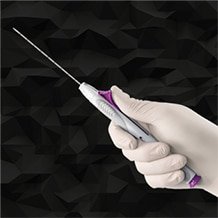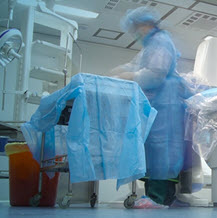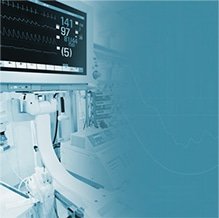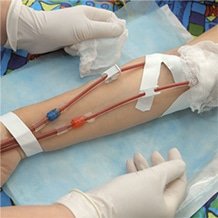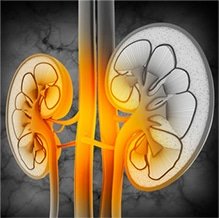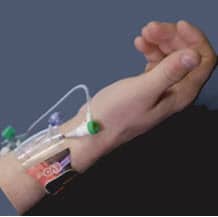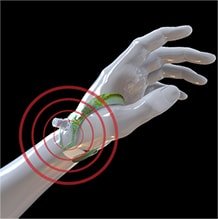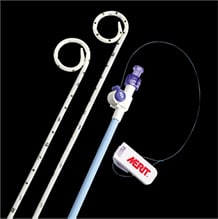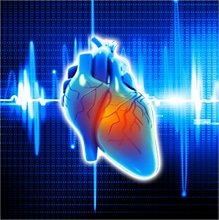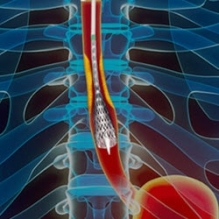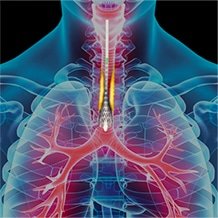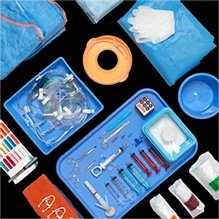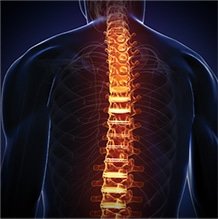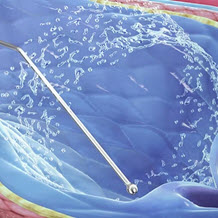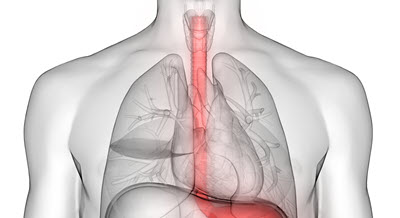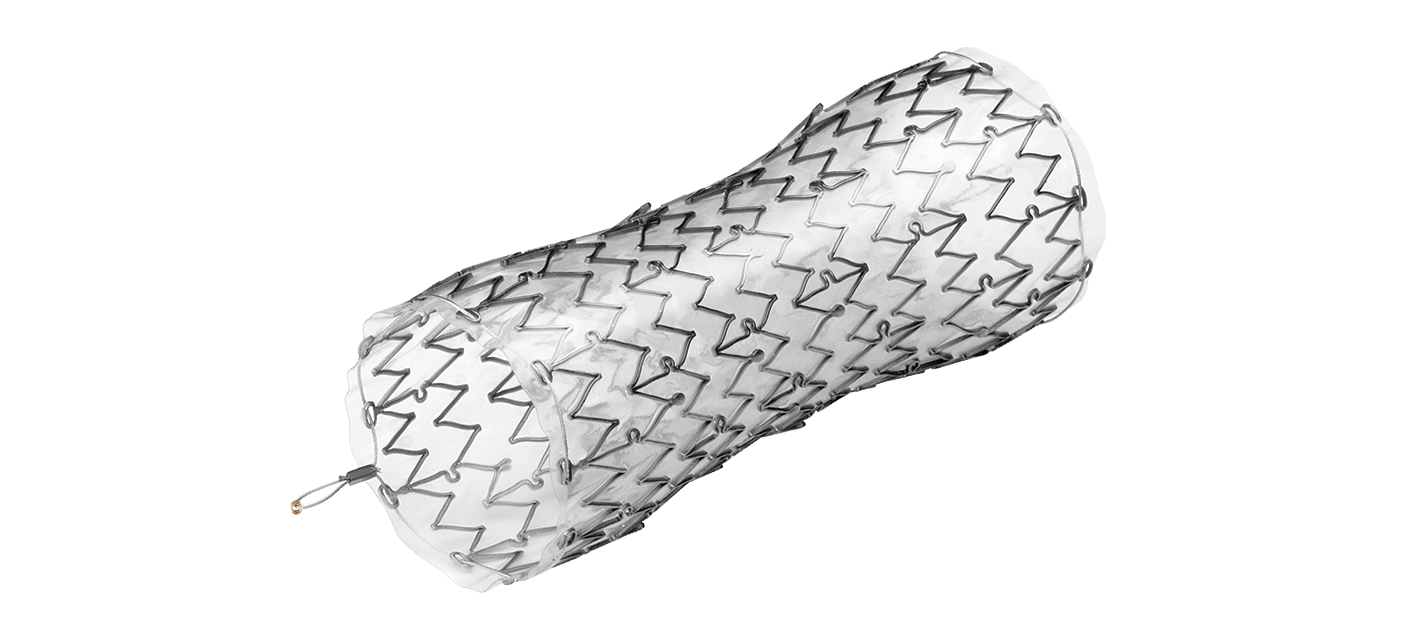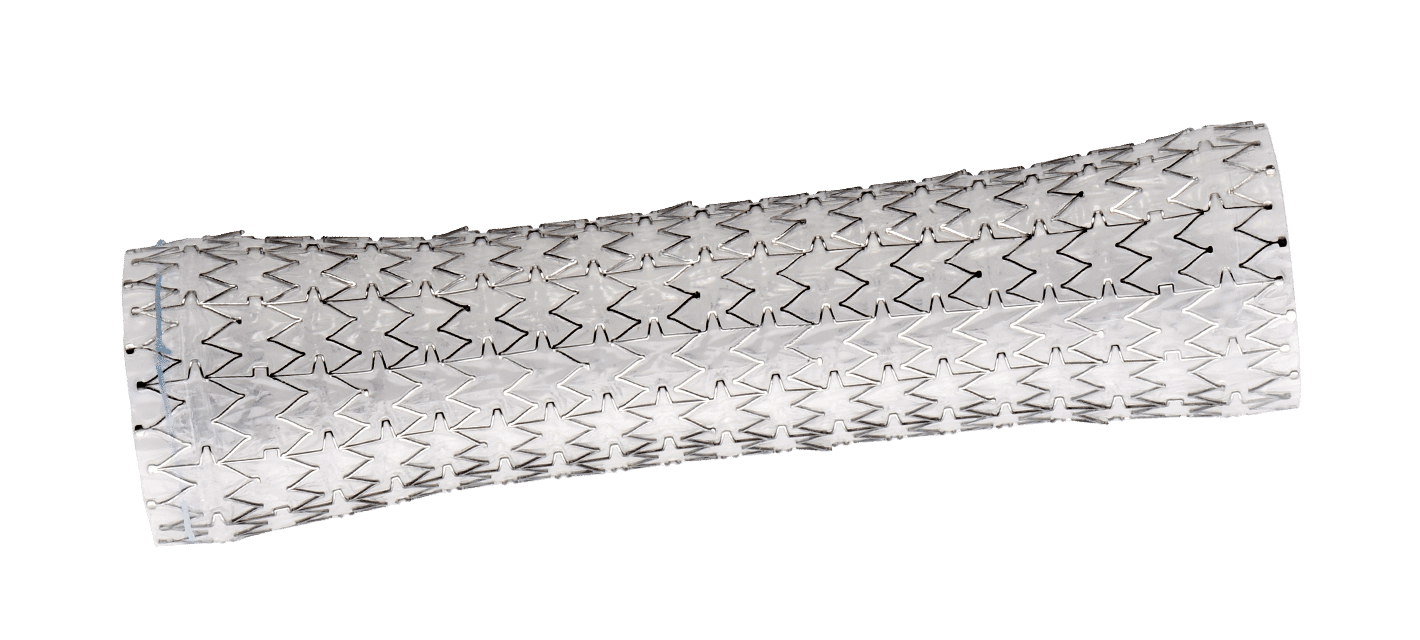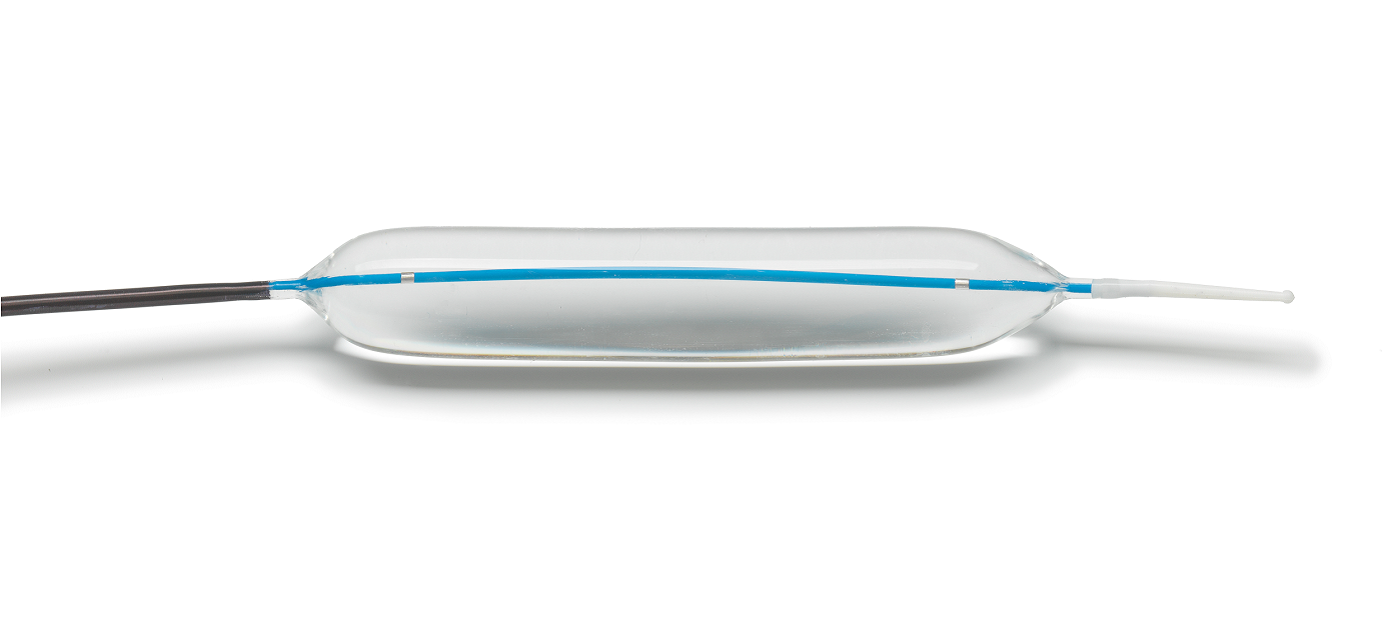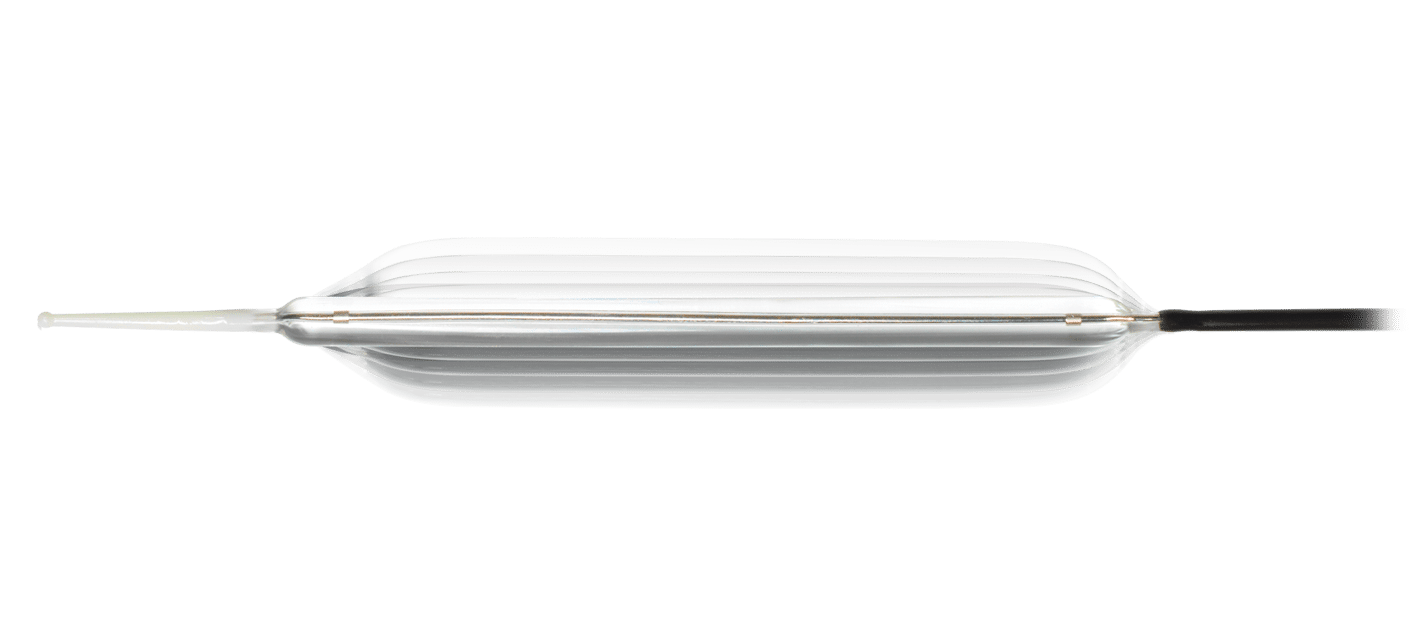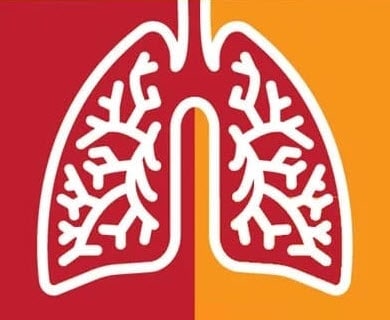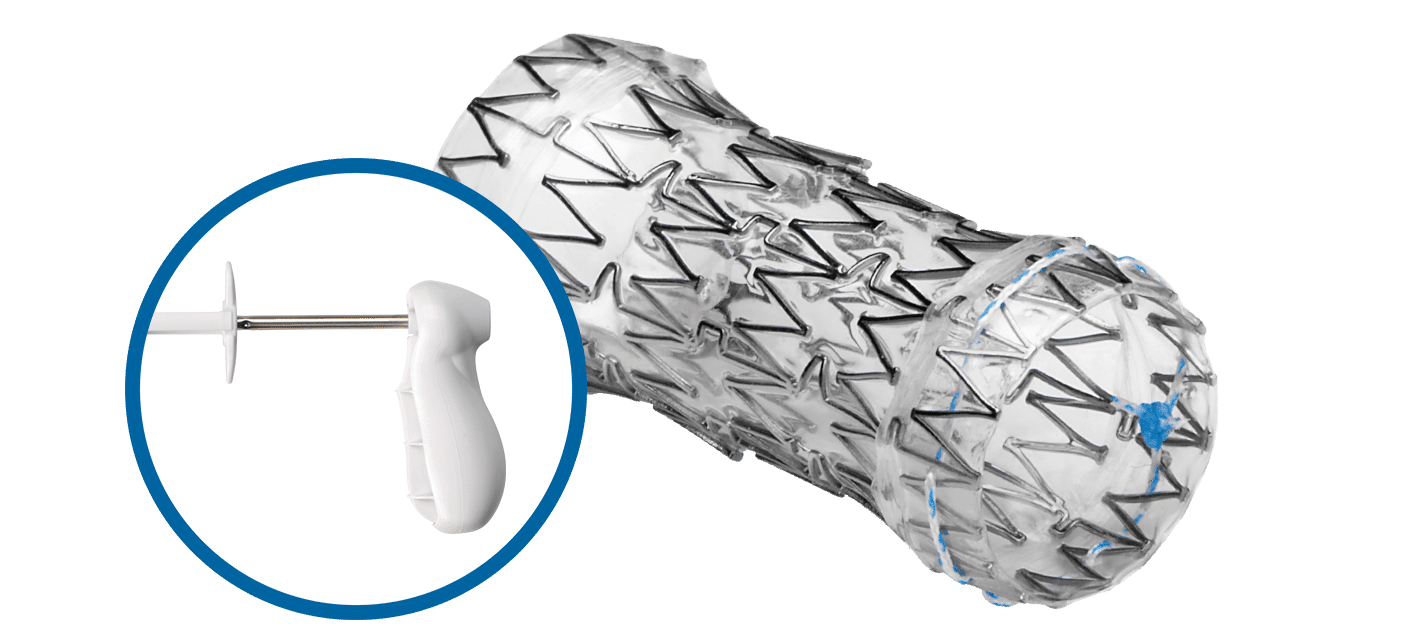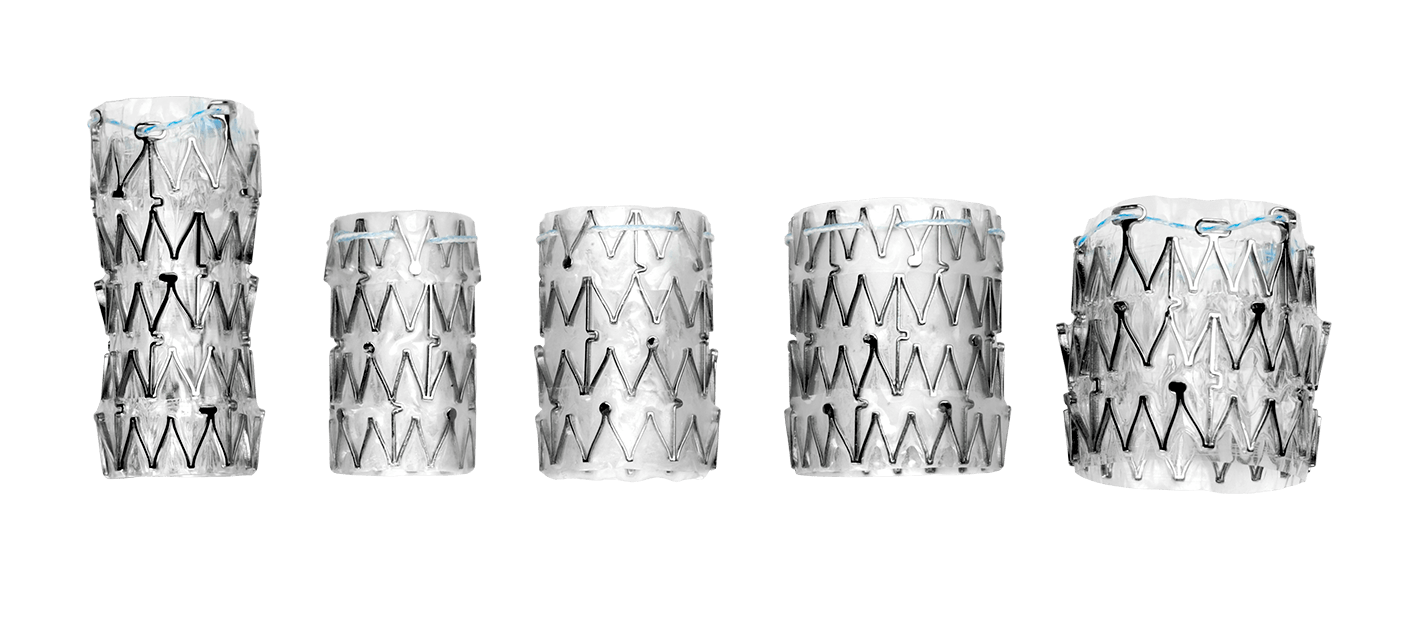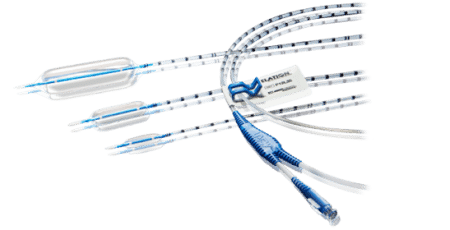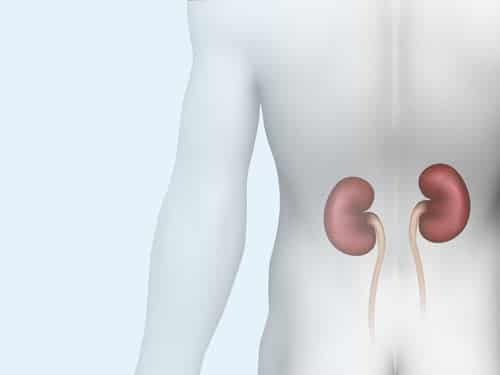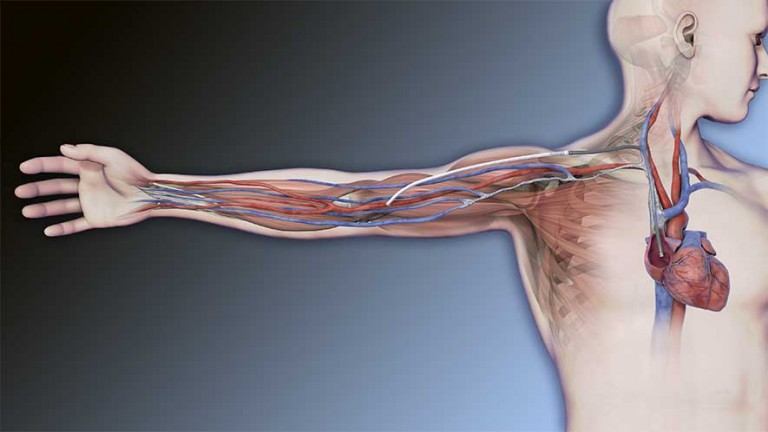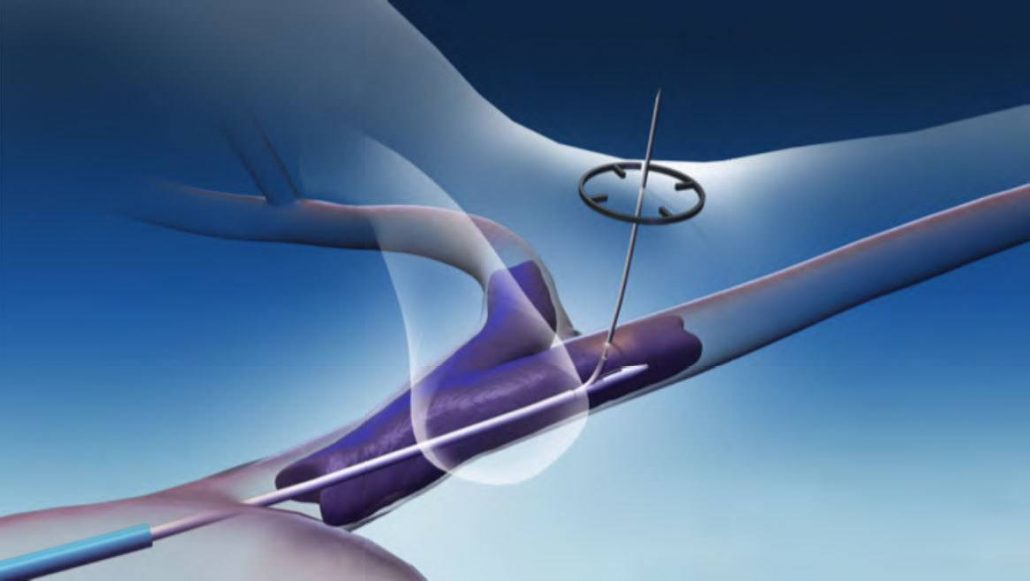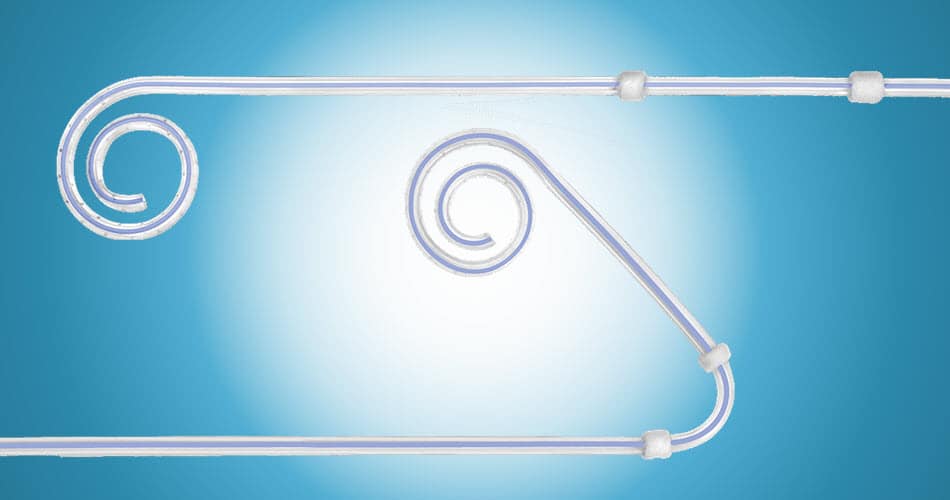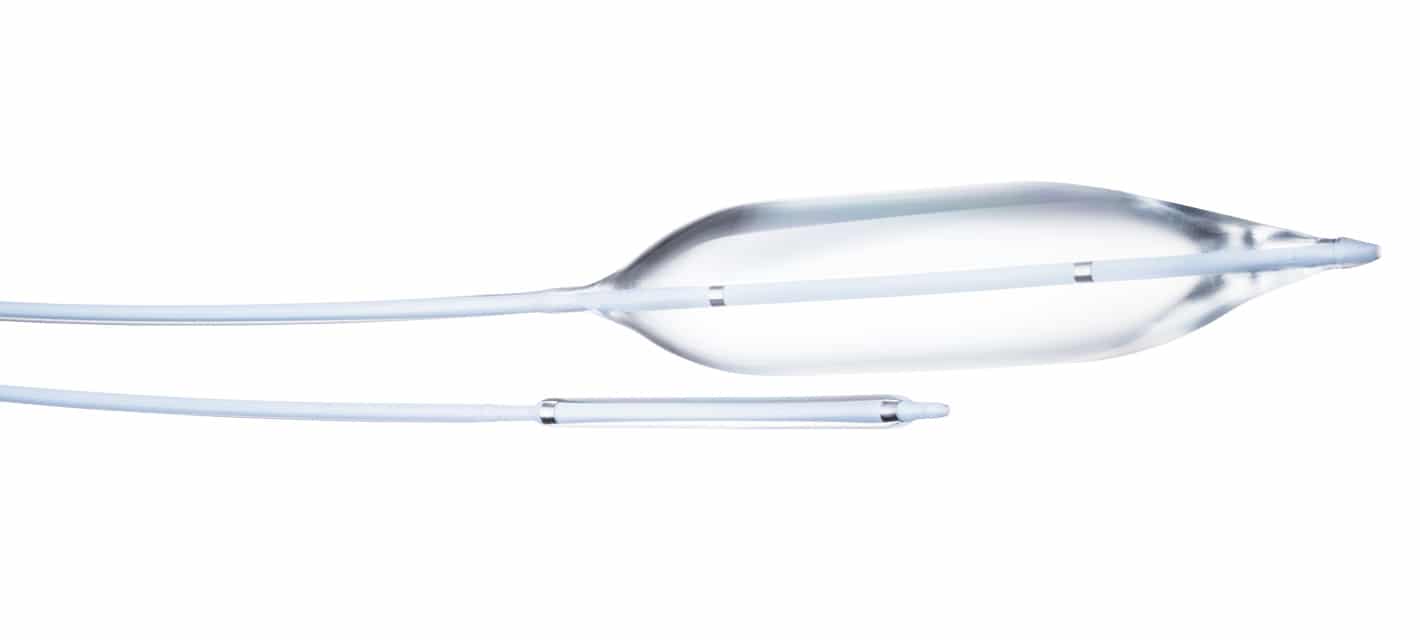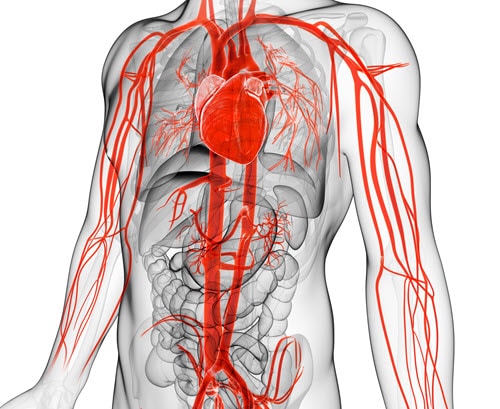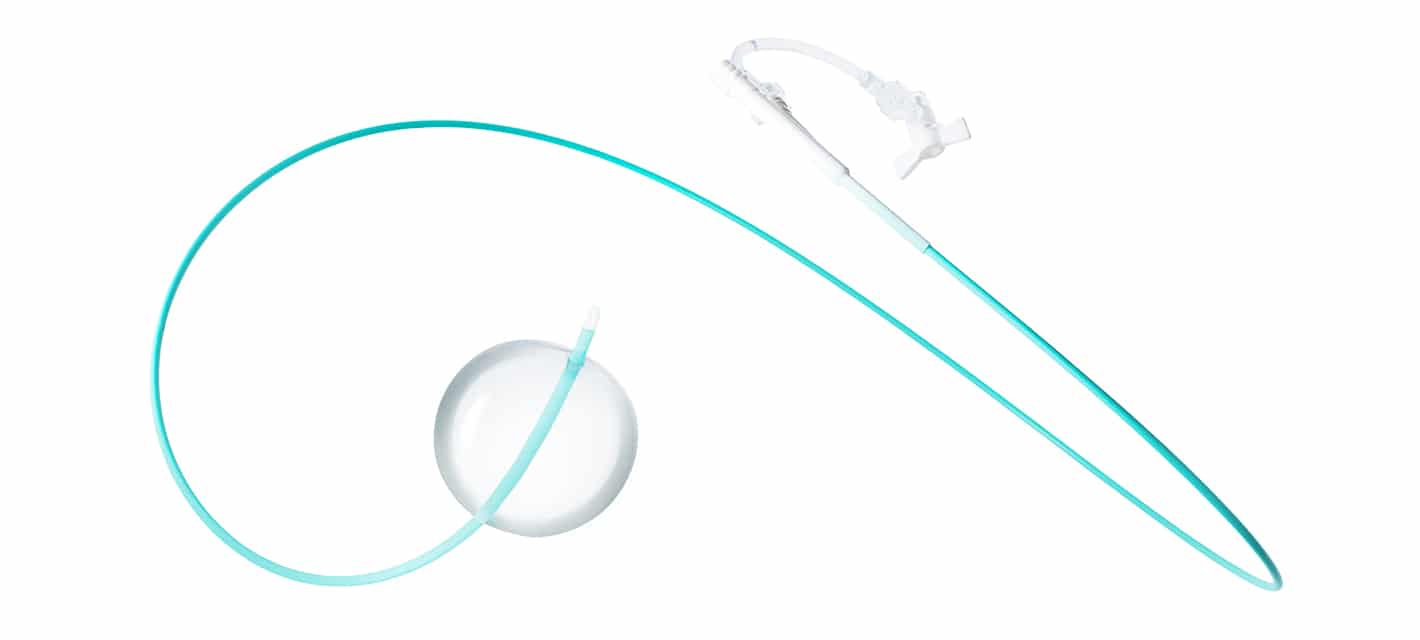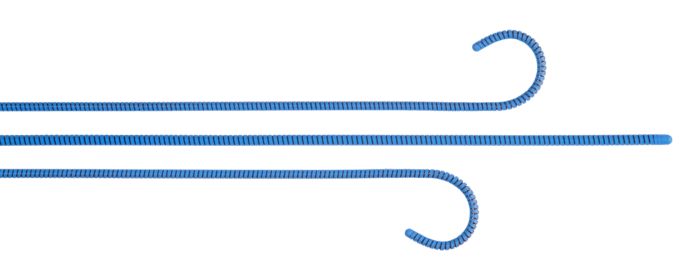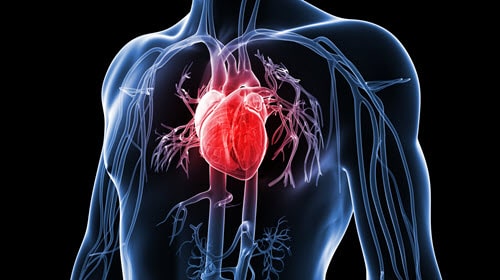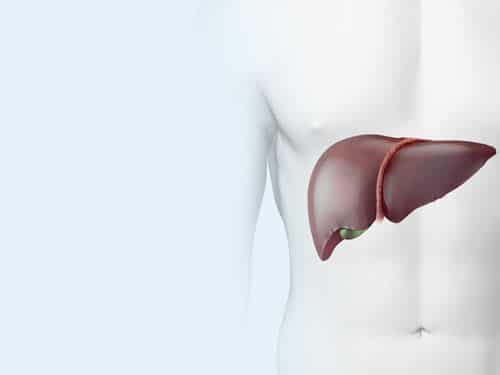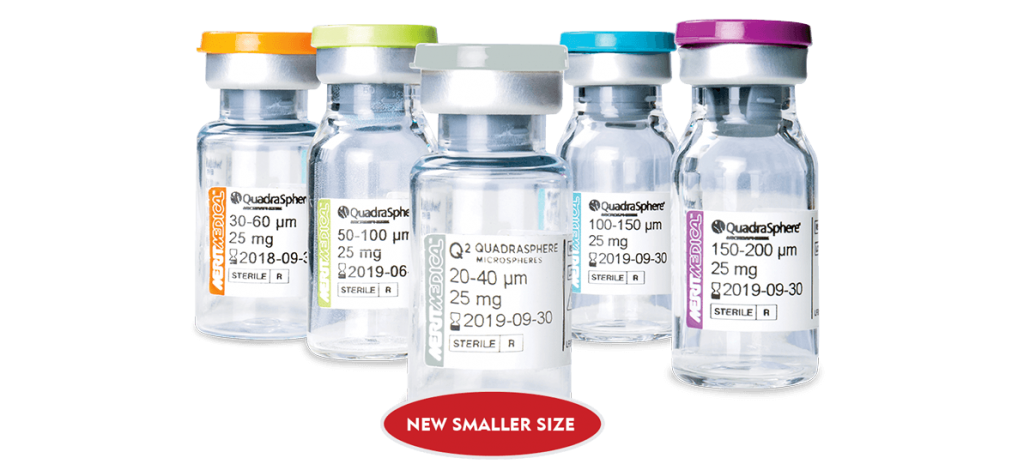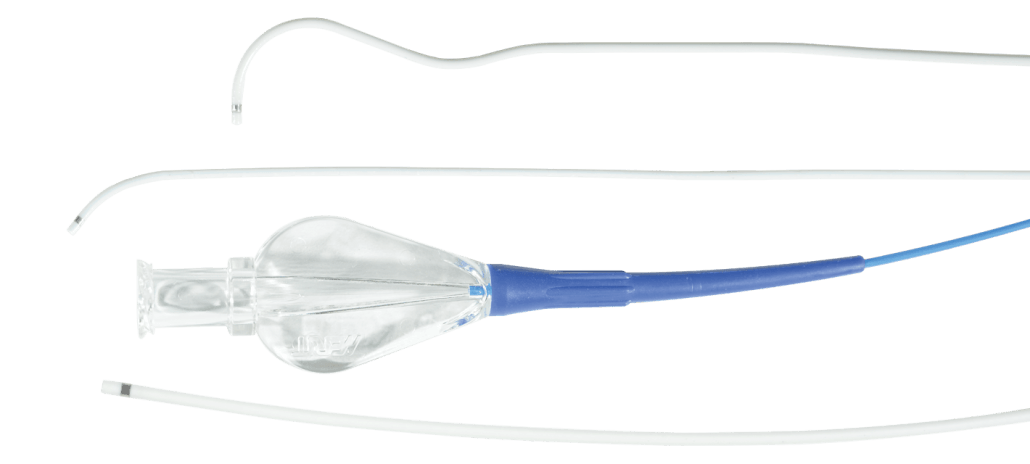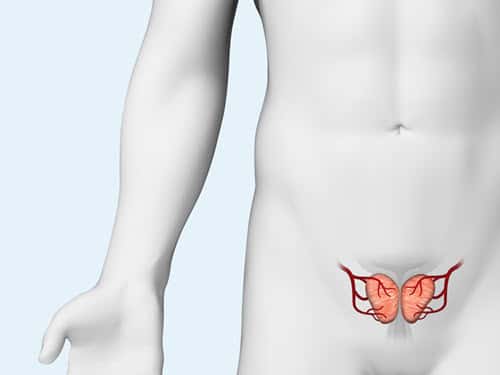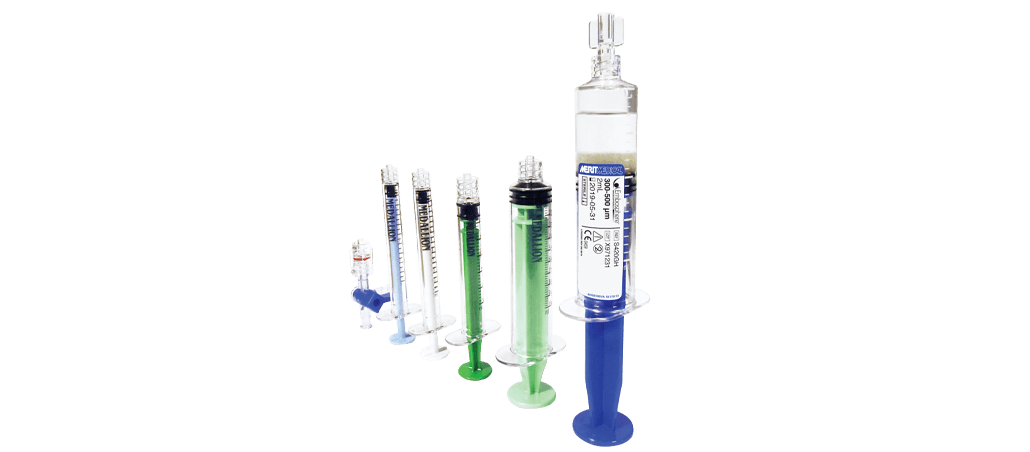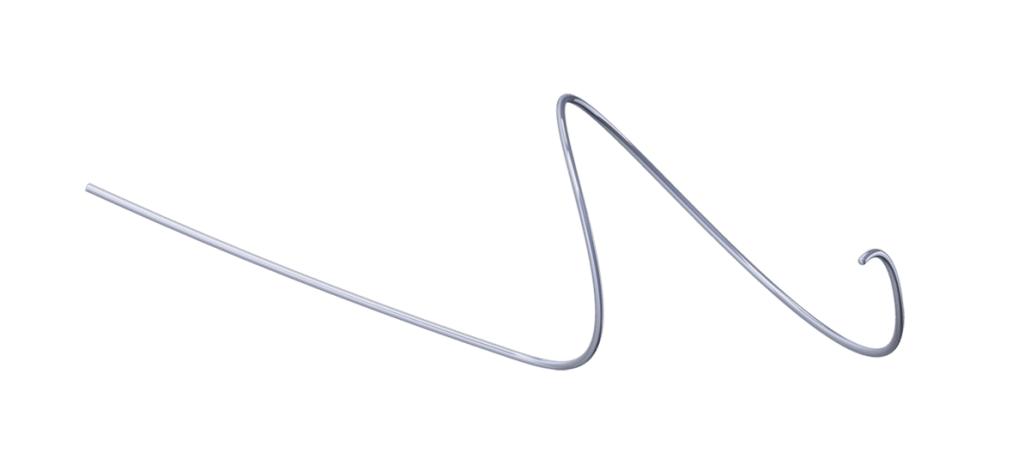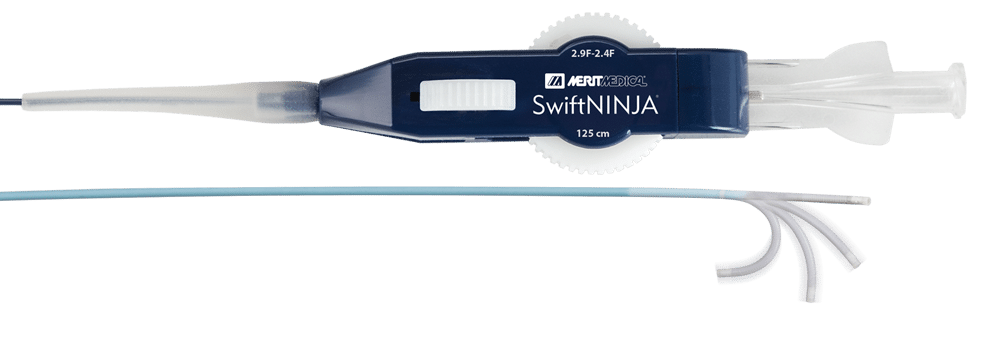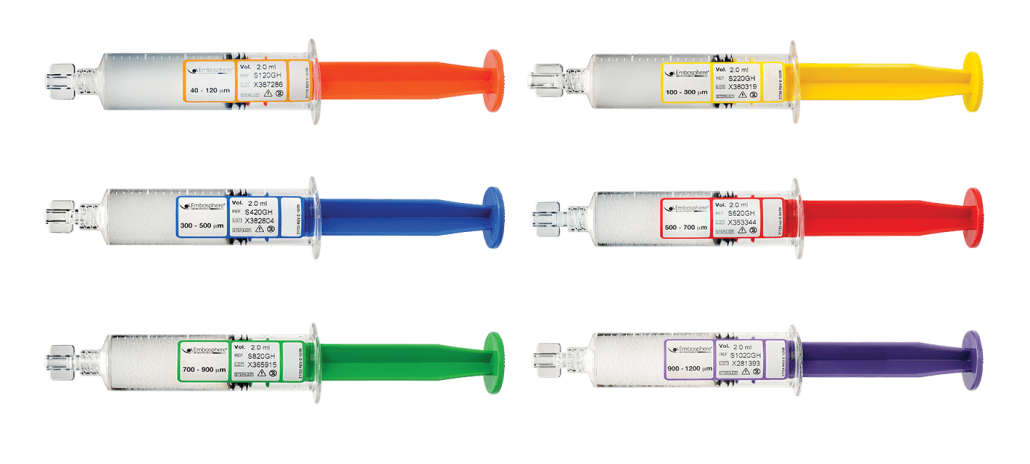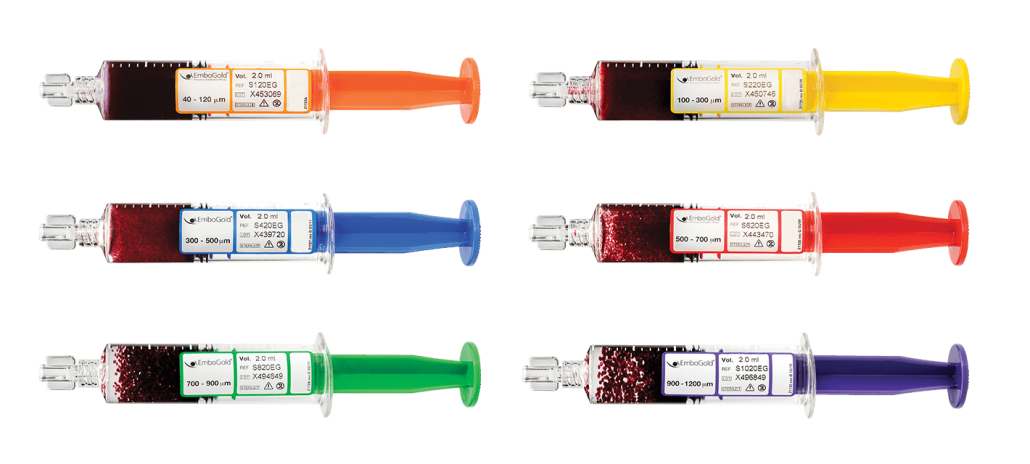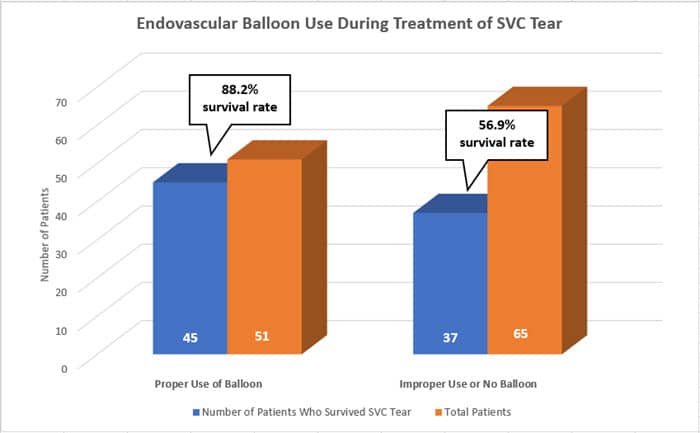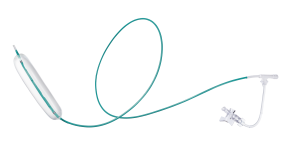A Chance at Life: Expanding Pediatric Cardiac Care in East Africa
Merit partners with Mending Kids, increasing access to lifesaving heart surgeries for children in Dar Es Salaam

It may seem like any other day in Dar Es Salaam, but this one is different. Today, a 3-year-old orphan, nicknamed Happiness, finally receives the lifesaving surgery she needs to correct a congenital heart defect.
Overcoming Challenges in Pediatric Cardiac Care
Tanzania is the largest country in East Africa, carrying a population of 61 million people. However, almost 45% of its population is younger than 15 years of age. And due to various widespread challenges across the nation, many Tanzanian youth are left orphaned.
Among the struggles orphaned children face, poor heath is one nearly impossible to overcome. Congenital heart disease is the third leading cause of early death in children living in Tanzania, and access to adequate healthcare is scarce. For every 1,000 residents in Tanzania, there is only 0.02 physicians.
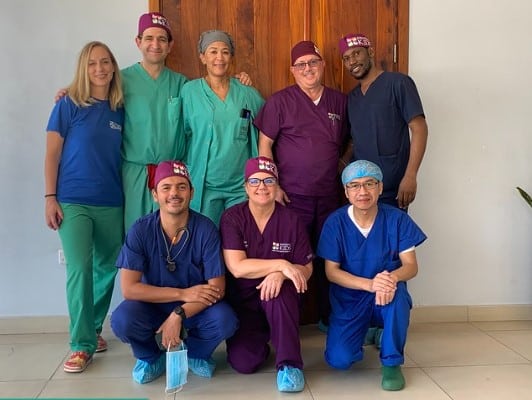
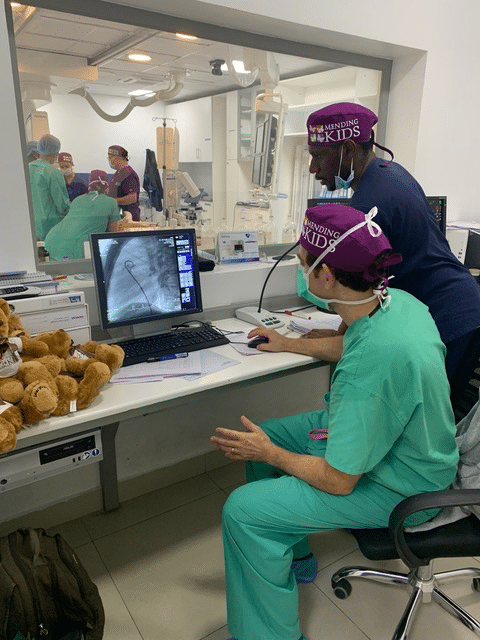
Volunteer medical teams donate their time and services with the goal to not only care for children but to provide valuable hands-on training to local clinicians as well as health education to their communities.
Heartbeats Tanzania Cardiac Mission
Through its Heartbeats Tanzania Cardiac Mission, Mending Kids has performed more than 120 lifesaving surgeries in the region since its inception.
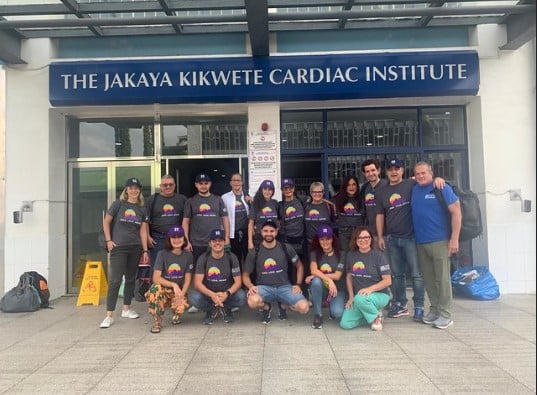
A Chance at Life, a Chance for Happiness
Like many sick children in Tanzania, Happiness needed treatment for more than one health condition.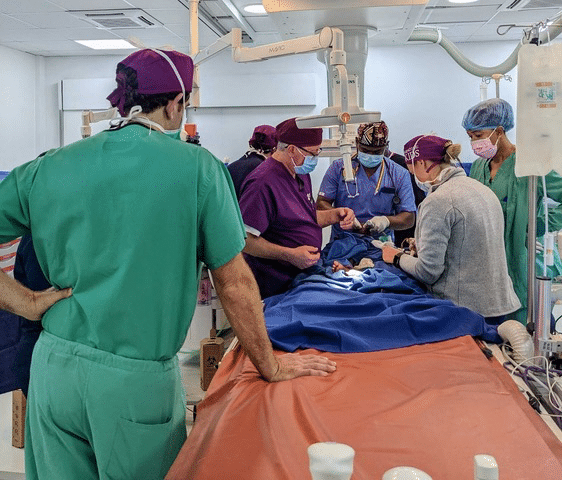
Through the good work of Heartbeats Tanzania, Happiness now has the chance to live out the true meaning of her name. Treated by Dr. Darren Berman from Children’s Hospital Los Angeles, Happiness was one of 21 children last year with congenital heart defects to receive open heart surgery.
Eighteen other children were also treated on a later mission, totaling 39 futures restored in 2022.
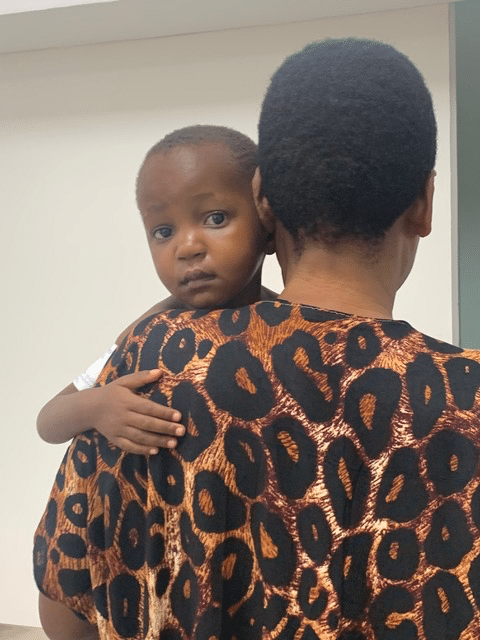
Merit Medical Celebrates Heart Month
February is Heart Month, and around the globe our team has taken advantage of all 28 days to help raise awareness of heart health.

This year, another side of heart health came to light: cardiac arrest. When Damar Hamlin collapsed on the field during a Monday Night Football game, it brought widespread attention to the necessity of lifesaving tools and techniques, like cardiopulmonary resuscitation (CPR) and automated external defibrillator (AED) use.
Because we believe that heart health, safety, and disease prevention are topics that affect everyone, we put together a month’s worth of valuable activities to help keep each other’s hearts beating strong.
Global CPR and AED Instruction
When it comes to cardiac arrest, every second counts.
Merit CWO Nicole Priest, MD, and the American Heart Association came together to teach our team, both live at our Global HQ and virtually, how to perform hands-only CPR and use an AED.




Wear Red Day
To further raise awareness of CVD, our team dressed for the occasion. Together our facilities became red beacons of hope, burning brightly across the nation.




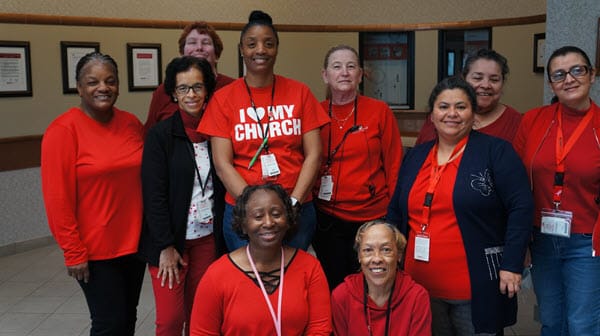
Employee Heart Month Newsletter

Each month, Merit CWO Nicole Priest, MD, sends out a company-wide newsletter, ensuring our employees have the latest health information. February’s newsletter was full of Heart Month event info, lifesaving CPR and AED tips, and heart-healthy food recommendations.
Valentine’s Day: Showing Employee Appreciation
Did you know mental health and heart health are connected?
To ensure our Merit family feels supported and appreciated at work, we set up a “Create Your Own Valentine” station on February 14, so employees could communicate how much they value each other.


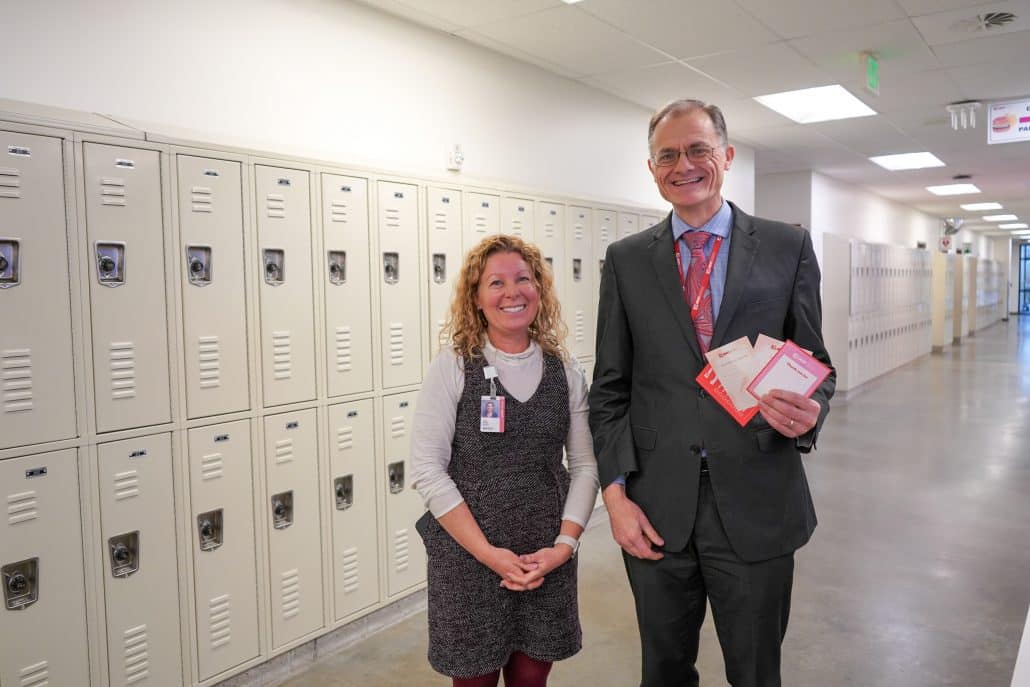
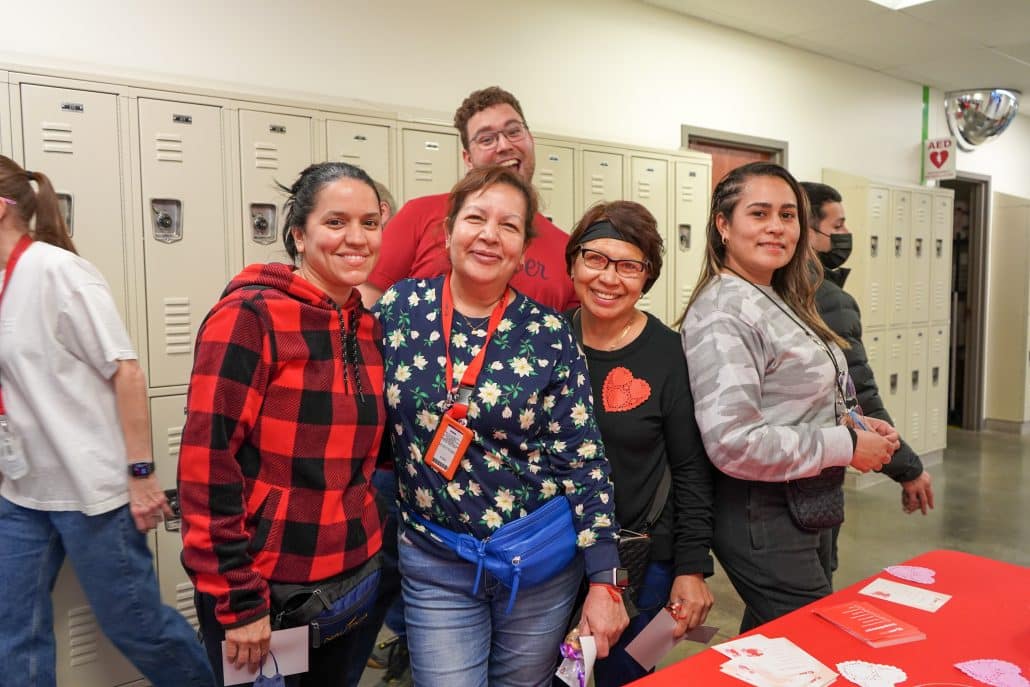

Social Media: Heart-Healthy Tips
We’re a team with a common goal of improving the lives of people around the globe. To reach a wider audience, we shared our top heart-healthy tips over social media.
What are we doing for heart health the other 337 days of the year?
Explore our portfolio of cardiac technologies, solutions that help put better heart health within reach for everyone.
The Making of Merit Medical—A Timeline Celebrating 35 Years
This year, we’re celebrating 35 years of Merit Medical, an organization founded with a vision to be the most customer-focused company in healthcare. Since then, we’ve expanded from our headquarters in Salt Lake City, UT, to facilities across the world with a diverse, ever-growing portfolio of products.
As with any great business, we couldn’t have done it alone. Our team is at the heart of what we do. We understand clinician needs and innovate products to meet those needs. We deliver diagnostic and treatment solutions that work. Above all, we help ensure our healthcare partners have what they need to help patients live their best lives.
Let’s look back at some of the pivotal moments that made us Merit.
1987
Our story begins more than three decades ago in an industrial park in Murray, UT. Fred Lampropoulos, Merit’s founder and CEO, brought his idea of a stronger, safer, disposable syringe to life—replacing glass syringes currently used in patient care. In 1988, our first syringe hit the market, paving the way for countless medical innovations to come.
1994
To keep up with an increasing demand for our growing portfolio, we opened our first international location, a manufacturing facility in Galway, Ireland. Today, our Galway team continues to thrive. In 2018, they earned the Medtech Company of the Year award in recognition of their dedication.
This same year, we also saw the opening of Merit Sensor, one of several product divisions that bolster our offerings.
1999
This year marked the opening of our Merit Houston facility. A Center of Excellence, Merit Houston specializes in polymer extrusions and catheter manufacturing.
2000
More than a decade of focus and persistence came to fruition in 2000 with the launch of our first compression device, the RADstat® Radial Artery Compression Device. Since then, we’ve continuously innovated and improved our compression device offerings to provide clinicians with superior options—the PreludeSYNC EZ™, PreludeSYNC DISTAL™, and SafeGuard® family of products.
2004
As our US presence continued to grow, we added another location through the acquisition of our Richmond, VA, facility. An integral part of our business, it remains an important manufacturing and distribution center, responsible for producing more than 35 million components each year.
2005
Close to home and far away, this year brought big developments. Our Salt Lake headquarters opened a new manufacturing facility. Doubling its existing square footage, the new facility added more than one hundred new production jobs.
We also opened a facility in Venlo, Netherlands, specializing in manufacturing coated wires, and in 2008, followed with a sister location in Maastricht, our EMEA Distribution Center of Excellence.
2010
In 2010, we opened our Paris facility. This expansion gave us state-of-the-art embolic material manufacturing capabilities. Our global capacity for delivering more minimally invasive treatment options to patients increased.
2015
Our Tijuana, Mexico, facility opened in 2015, where our dedicated employees enjoy award-winning cafeteria service, a safe and convenient transportation system, and more. As one of our primary manufacturing and assembly facilities, our Tijuana team plays a critical role in our success.
2016
In 2016, we launched the SCOUT® Radar Localization system. Designed to improve patient outcomes, SCOUT marked our strong commitment to reducing the burden breast cancer has on patients and their loved ones. As of 2021, SCOUT surpassed 200,000 procedures worldwide.
As the company expanded, we were able to show our appreciation for employees by offering more services that prioritized their health and wellness. This year Merit Salt Lake introduced the Merit Care Clinic, an on-site practice that provides low-cost healthcare to employees and their dependents. We also opened the Merit Employee Garden, a 1-acre parcel of land that offers fresh produce as well as the opportunity for our team to spend time outdoors.
2017
We were proud to welcome Singapore to our Merit family in 2017 as one of our chief centers for innovating and manufacturing. Our Singapore team has more than 30 years of experience in Critical Care product development; and with its R&D laboratory capabilities, it closely collaborates with government agencies and research institutes.
2022
Today, Merit is a billion-dollar company that continues to have a positive impact on patient lives worldwide. Our family of 6,800 employees make this possible by fulfilling the Merit mission to Understand, Innovate, and Deliver.

To our dedicated team, thank you for your efforts in building the next great healthcare company. We look forward to many more years of making a difference.
Merit Medical to Exhibit at HRS 2022: Excellence in EP Access and Lead Management
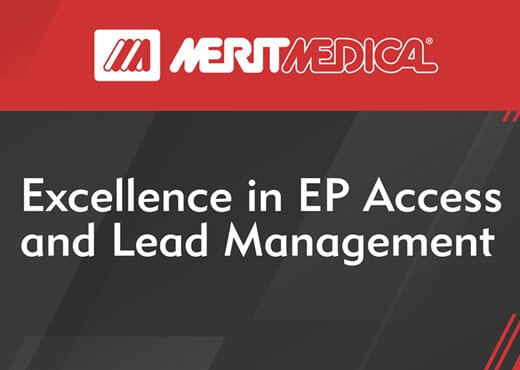
PRODUCT SHOWCASE AT BOOTH #2034
 SafeGuard Focus™ Compression Device
SafeGuard Focus™ Compression Device
Achieve targeted hemostasis with the SafeGuard Focus, a specialized compression device specifically designed for use in patients with pacemakers and implantable cardioverter defibrillator (ICD) pockets.
 HeartSpan® Portfolio
HeartSpan® Portfolio
The HeartSpan portfolio – including the HeartSpan Fixed Curve Braided Transseptal Sheath, the HeartSpan Steerable Sheath Introducer, and the HeartSpan Transseptal Needle – offers advanced needles, introducers, and sheaths that work together to assist with ease of femoral insertion, trauma reduction when crossing the atrial septum, and ergonomic support during long procedures.
 Worley™ LV Lead Delivery System
Worley™ LV Lead Delivery System
To meet the challenges of cardiac resynchronization therapy, the Worley system provides the solutions needed to reduce implantation times, gain easier access to the target vessel, and improve chances for successful implantation.
 Vitale™ Occlusion Balloon
Vitale™ Occlusion Balloon
The Vitale Occlusion Balloon maintains hemostasis for up to 30 minutes,* allowing time for patients to stabilize and transition to surgery. Faster inflation, faster deflation, and better kink resistance offers better outcomes for you and your patients.
PHYSICIAN EDUCATION
Hands-On Training: I-CRT Tools & Techniques
Faculty: Seth Worley, MD, FHRS, FACC
Date: Saturday, April 30
Time: 12:45PM – 1:30PM PDT
Location: Booth #2034

Merit is committed to offering physicians the technologies and education opportunities they need to improve patient care. We look forward to discussing what we can do for your practice. See you at HRS 2022!
Want up-to-date Merit booth announcements?
Follow us on Twitter and LinkedIn.
Before using any of the Merit products mentioned above, refer to Instructions for Use for indications, contraindications, warnings, precautions, and directions for use.
*Data on file.
“A Real Winning Combination”: Prelude IDeal™ and PreludeSYNC DISTAL™ Provide Complete Solution for Distal Radial Access
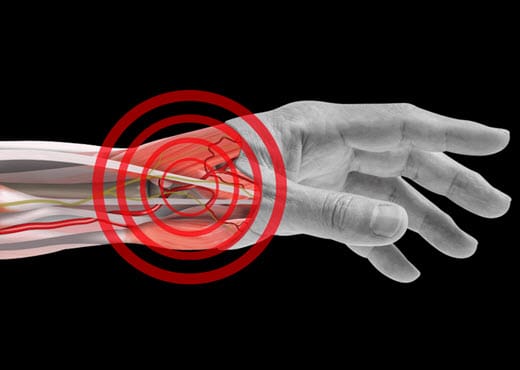

Why Distal Radial?
Literature shows that radial access provides multiple benefits, including less bleeding complications, decreased procedure cost, and enhanced sheath performance.1
According to Dr. Korngold, patients undergoing distal radial access interventions may experience additional advantages over radial access, including increased mobility post-procedure. “It is much less invasive than traditional radial access—my patients are able to resume normal activities much more quickly,” Dr. Korngold says. “Distal radial access may also lead to less occlusion of the radial artery. I think the important thing is that it preserves the radial artery should future interventions be necessary.”
Mitigating Risk
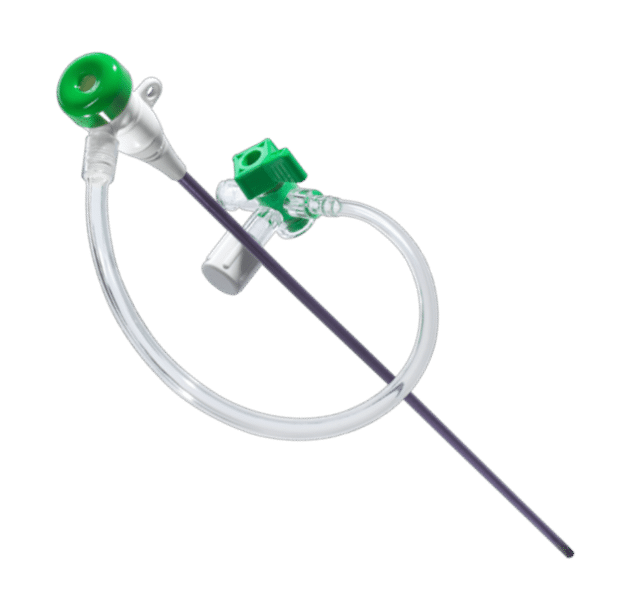
“It’s very important when performing distal access to have a sheath that’s kink resistant. I really do prefer the kink resistance of the braided Prelude IDeal sheath. I also find it has impressive push forces; it’s a stronger, stiffer sheath that performs better than others I’ve used,” Dr. Korngold explains.
Merit designed the Prelude IDeal specifically to reduce the impact of these risks to patients. Composite braiding technology gives the Prelude IDeal sheath a 13% thinner wall than the leading competitor2. With proprietary engineering, the sheath is thinner and stronger while achieving 124% increased compression resistance and 23% more kink resistance than the leading competitor2.
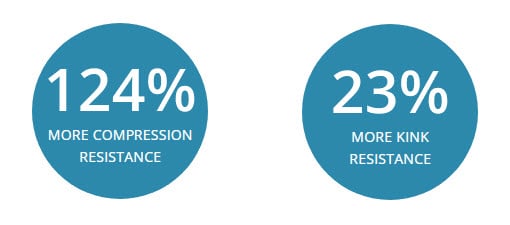
Dr. Korngold shares his firsthand experience with similar products. “I’ve used other non-braided sheaths, both slender and non-slender varieties. I found that even the non-slender varieties are just too prone to kinking. The kink resistance of the Prelude IDeal is excellent; it’s an essential feature for distal radial access.”
Maximizing Patient Comfort
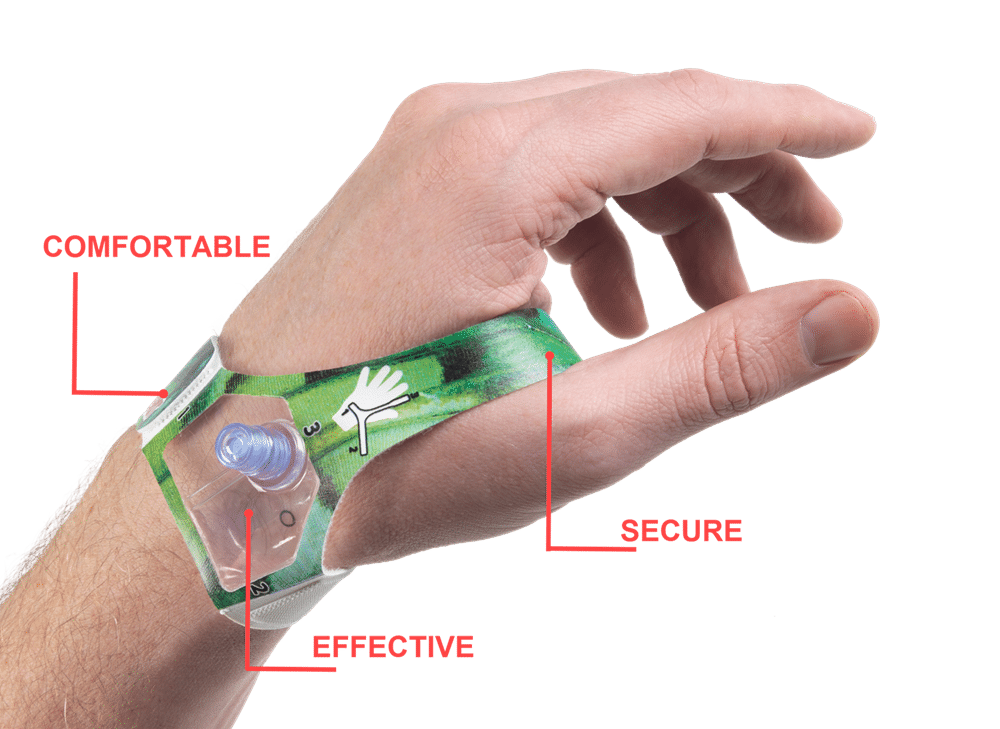
Constructed with soft material, the PreludeSYNC DISTAL provides comfortable wear. Its three-strap band configuration allows for an adjustable fit with optional extension if needed especially for larger hands. The PreludeSYNC DISTAL also delivers clear, unobstructed site visibility for focused compression. A built-in Slip-n-Lock™ Cap provides a specialized connection, securing syringes during inflation and deflation, supporting patient safety.
“The PreludeSYNC DISTAL band is really just perfectly designed. Everyone who does distal radial access has experimented with different ways of doing it. No solution is as efficient, convenient, or as comfortable for patients,” Dr. Korngold says.
Ease of Use
Medical devices must be effective, but equally important is ease of use. Dr. Korngold reports that incorporating the Prelude IDeal and PreludeSYNC DISTAL into his practice was seamless.
“It’s very easy to train the care team on how to use them properly,” he says, referring to his experience introducing both products to his staff. “Our nurses on the floor found it very intuitive and easy to manage. Both products fit perfectly into our existing workflows, so I’d say it’s a real winning combination.”
A Complete Solution
Merit is committed to developing tools that improve patient’s lives in partnership with the physicians who provide their care. The Prelude IDeal Hydrophilic Sheath Introducer and PreludeSYNC DISTAL are prime examples of this dedication and have become the go-to tools for distal radial access procedures around the globe.
Discover the Prelude IDeal Hydrophilic Sheath Introducer and the PreludeSYNC DISTAL, and live chat with our Customer Support team to see how you can incorporate them into your practice.
REFERENCES
- Rathore S et al. 2010. “Impact of Length and Hydrophilic Coating of the Introducer Sheath on Radial Artery Spasm During Transradial Coronary Intervention.” JACC 3, no. 5 (May): 475 ̶ 483. PMID: 20488402.
- 6F Data on File.
What’s Your Clinical Challenge? We Have a Solution.
As a leader in customer-focused healthcare, Merit Medical’s priority is to ensure that you have the tools you need to care for your patients. Ranging from product kits to education opportunities, our Complete Solutions simplify preparation and streamline procedures to support quality patient care with a trusted, innovative range of medical devices.
CARDIAC CATHETERIZATION
Our cardiac catheterization solutions provide you with a variety of tools to help you accurately diagnose and successfully treat patients with heart problems. From sheath introducers, like our Prelude IDeal™, and guide wires to catheters, inflation devices, and more, we offer a number of superior devices for your procedures.
CRITICAL CARE
When treating vulnerable patients, every product you use matters. We offer a broad spectrum of tools designed for patients being treated in the critical care unit. Merit critical care technologies aim to reduce contaminant exposure, accurately monitor patient blood pressure, and decrease workplace injury, helping you provide treatment that is safe, effective, and efficient.
DIALYSIS ACCESS
Kidney disease is a global issue, and access is the foundation for any successful dialysis procedure. Our comprehensive dialysis access portfolio, including our catheter-dependence reducing HeRO® Graft, brings reliable and innovative solutions to your practice.
PERITONEAL DIALYSIS
Our home dialysis options offer several patient advantages over in-center dialysis, including better kidney disease-related quality of life. We offer virtual and hands-on physician training, a wide range of catheter sizes, accessories, kits, and patient resources.
RADIAL
Radial access has many well-documented benefits that include improved patient safety, a significant reduction in cost of care, and increased patient and staff satisfaction. We support radial access with a diverse portfolio of innovative products and a world-renowned hands-on physician education program, helping you offer the advantages of radial to your patients.
DISTAL RADIAL ACCESS
Distal radial artery access offers both patient and operator advantages. To help bring these benefits to your practice, we provide advanced training on the distal technique as well as innovative products to support your procedures, such as the first-to-market PreludeSYNC DISTAL™ Radial Compression Device.
DRAINAGE
Over the past two decades, we have continually expanded our drainage portfolio to include a diverse range of solutions that work together to help you achieve optimal drainage care. We offer multiple drainage catheters designed to lessen trauma and promote a more accurate placement.
ELECTROPHYSIOLOGY & CRM
Successful diagnosis and treatment of electrical cardiac activity is crucial—this is why we offer a range of physician education courses and specialized tools to assist in making accurate diagnoses and create effective treatment plans. Features include extra-stiff transseptal needles, ergonomic handles for exceptional control, and advanced introducer systems.
EMBOLOTHERAPY
Our proprietary embolic products are the most studied on the market and allow for efficient and safe delivery and predictable outcomes. To complement our offerings, we provide excellent ongoing customer service to ensure you have the tools you need for your procedures.

To help support your prostatic artery embolization (PAE) practice, we offer virtual and hands-on training, trusted products, clinical resources, patient materials, and more.
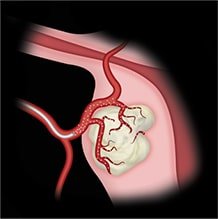
Our uterine fibroid embolization (UFE) solutions offer trusted products that deliver predictable clinical results as well as long-term symptom control.
We also offer extensive patient resources at our Ask4PAE and Ask4UFE sites.
GASTROENTEROLOGY STRICTURE MANAGEMENT
Merit Endoscopy’s fully covered, laser-cut esophageal stent technology provides for accurate placement and minimized migration. In addition to our state-of-the-art stent technology, we deliver best-in-class dilation products, including our BIG60® Inflation Device and our Elation dilation balloons as well as enhanced physician training.
PULMONARY STRICTURE MANAGEMENT
For patients with tracheobronchial strictures, stent technology can provide rapid palliation and improve quality of life. We offer fully covered, laser-cut tracheobronchial stents and advanced over-the-wire and direct visualization delivery systems. Download case studies and participate in virtual and hands-on training—all designed to help you advance patient care.
KITS & PACKS
Designed to bring convenience and efficiency to your office, our kits and packs solutions can help simplify prep and procedure, support quality patient care, and reduce inventory levels. Our team analyzed hundreds of kits and created a set of standard configurations that meet the needs of the majority of cath labs, interventional radiology, and vascular surgery departments. We also offer customizable kits to fit your unique procedural needs.
SPINE
Through a diverse portfolio of sophisticated steerable technologies, we deliver complete procedural solutions designed to treat pathologies of the vertebrae, reduce pain, and improve patient quality of life. Our comprehensive education programs and unique products allow physicians to address patient-specific needs and physician preference in the treatment of vertebral pathologies.
VENOUS
Our minimally invasive venous solutions are designed to treat symptoms, minimize post-operative pain, and provide faster recovery. Explore products, accessories, and kits, packs, and trays—each complementing the next to provide you with better patient outcomes.
Merit’s dedication to comprehensive customer care starts with providing the tools you need to treat your patients. Ready to get started? Available via email, phone, and live chat, our Customer Support team is here to help find a solution for you. Browse our virtual in-service and product support videos, all designed to help you obtain additional product knowledge and insights. We look forward to working with you.
American Heart Month

Merit Medical is a company with heart. We’re a team with a common goal of improving the lives of people worldwide. That’s why we’re proud to celebrate February as Heart Month—because we believe that heart health and heart disease prevention are topics that affect everyone.
Cardiovascular diseases (CVDs) are the leading cause of death globally.1 According to the World Health Organization, an estimated 17.9 million people died from CVDs in 2019, representing 32% of all global deaths.1 Of these deaths, 85% were due to heart attack and stroke.1
Merit has a long history of supporting heart health through a number of product innovations. In 1987 we started with a single groundbreaking product—a stronger and safer coronary control syringe. More than thirty years later, our cardiac portfolio has expanded, providing interventional cardiologists and electrophysiologists with more options to treat patients.
When it comes to our Merit team, we take heart health seriously. Some of the ways we prioritize heart health every day include employee health screenings, healthy meal options in our facility cafés, convenient opportunities to engage in physical activity, and a smoking cessation program.
Merit’s Chief Wellness Officer Dr. Nicole Priest offers regular wellness talks, broadcasting to employees worldwide, including a special heart talk, and provides regular newsletters to keep our team up to date on the latest health recommendations and tips for disease prevention.
Merit is proud to recognize Heart Month. Check back throughout February to see all the ways we’re raising awareness about heart health and working together to prevent heart disease.
To help our employees take better care of their hearts, we provided self-care and stress-reducing tips as well as healthy recipes to try at home.
10 Under 10: Easy Winter Meals – 10 Recipes for under $10 with 10 ingredients (or less!)
Love Your Heart: Self-Care Tips for Heart Health – Taking time to care for your heart can be challenging, but it’s easier than you think.
This month, across the nation, our Merit family wore red to honor #HeartMonth—because losing even one life to heart disease is too many. #MeritStrong
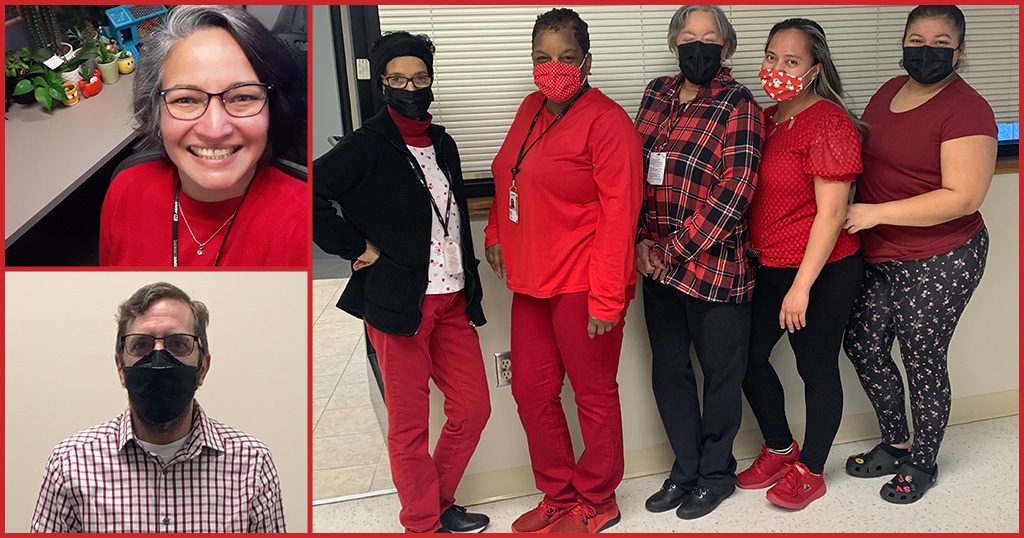

Rocking the red in support of #HeartMonth! Looking great, Team Merit! ❤️ #CompanyCulture #MeritStrong
Merit Medical is a company with heart. We’re a team with a common goal of improving the lives of people worldwide, which is why we dressed for the occasion, together shining a bright light on #HeartMonth. #MeritStrong
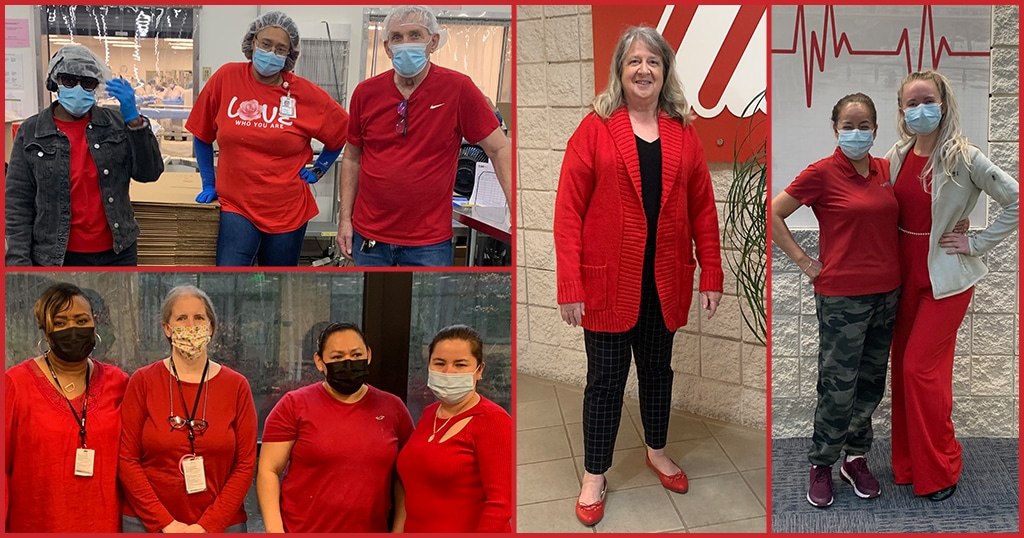
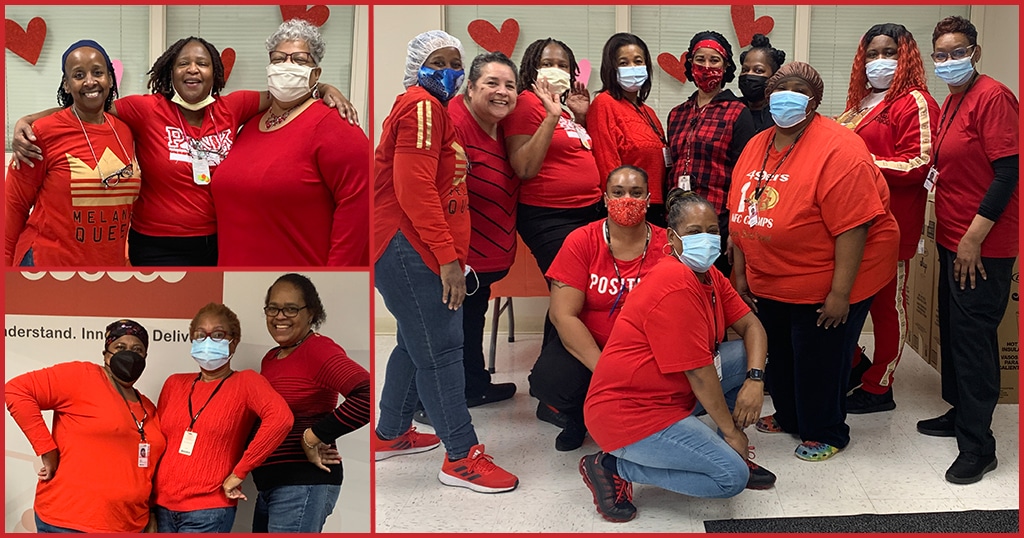
We’re spreading the love all throughout #HeartMonth by wearing red and showing off our solidarity as a team. By raising awareness of heart disease today, we’re all working together for a healthier tomorrow. #MeritStrong
No matter where we are or what we do at Merit, our team is honoring #HeartMonth together. #MeritStrong #CompanyCulture
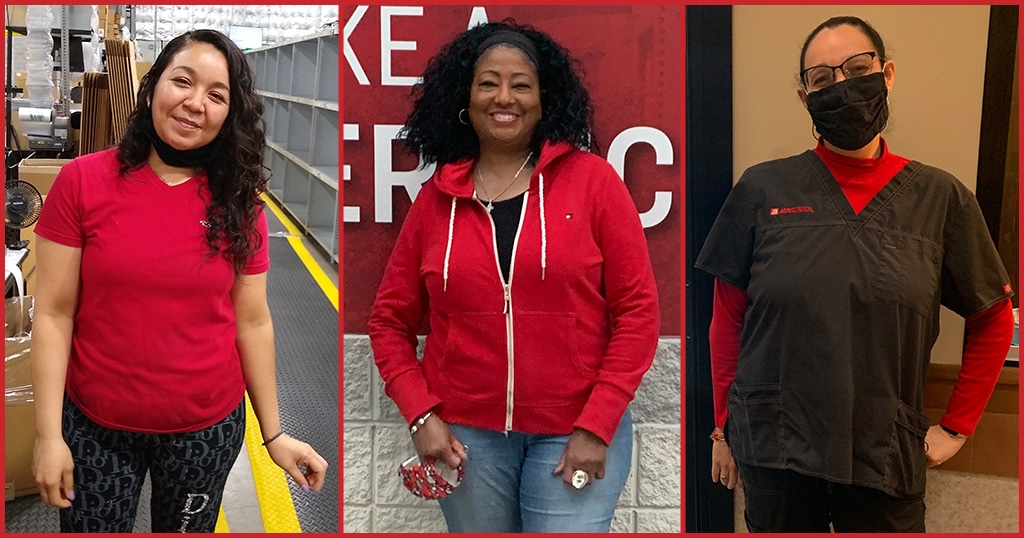
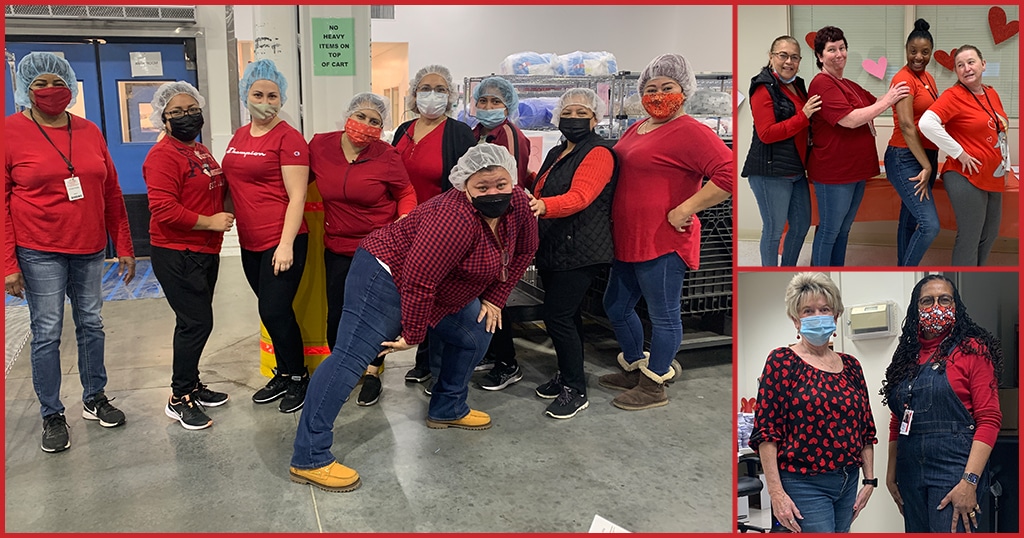
Happy #HeartMonth from our team in Richmond, VA! #MeritStrong
Merit Richmond facility employees are getting their hearts pumping with a morning #HeartMonth workout! Thank you, Rosalind Johnson, Merit HR Manager, for putting this workout together and prepping healthy snacks for the Merit team!
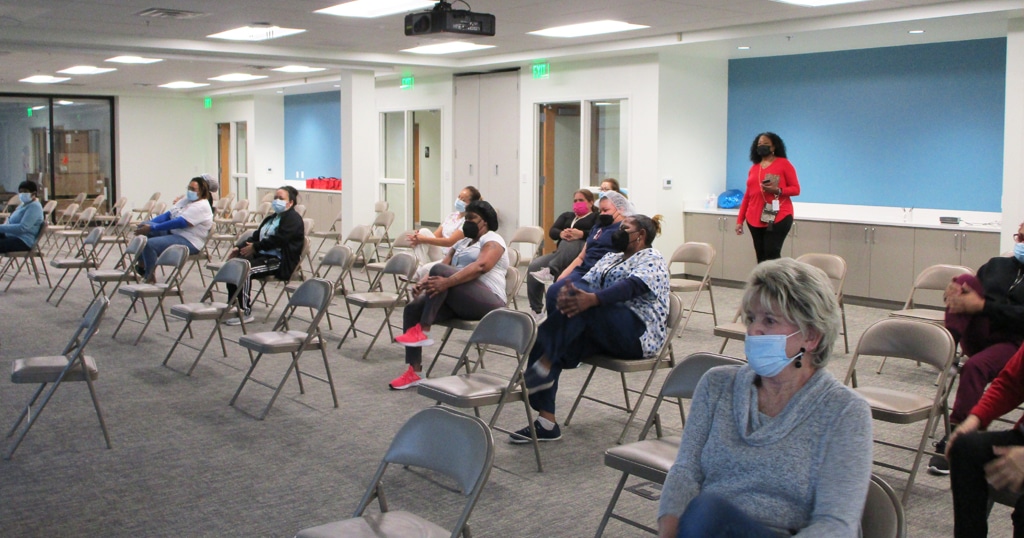
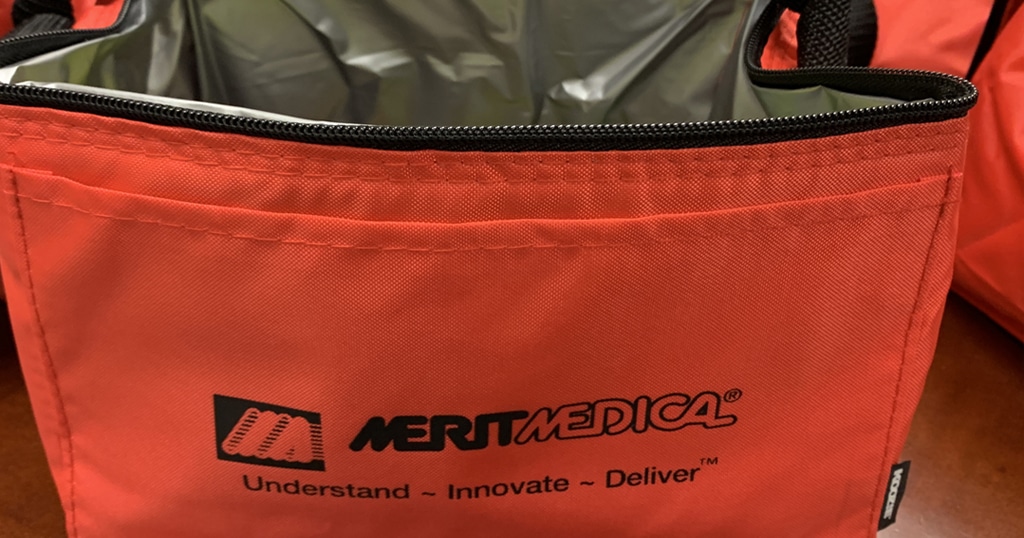
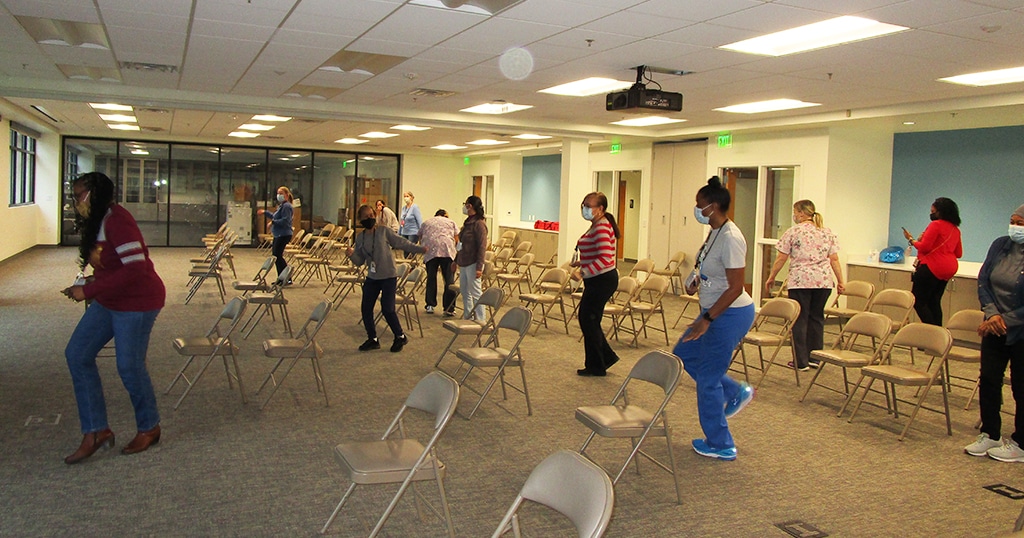

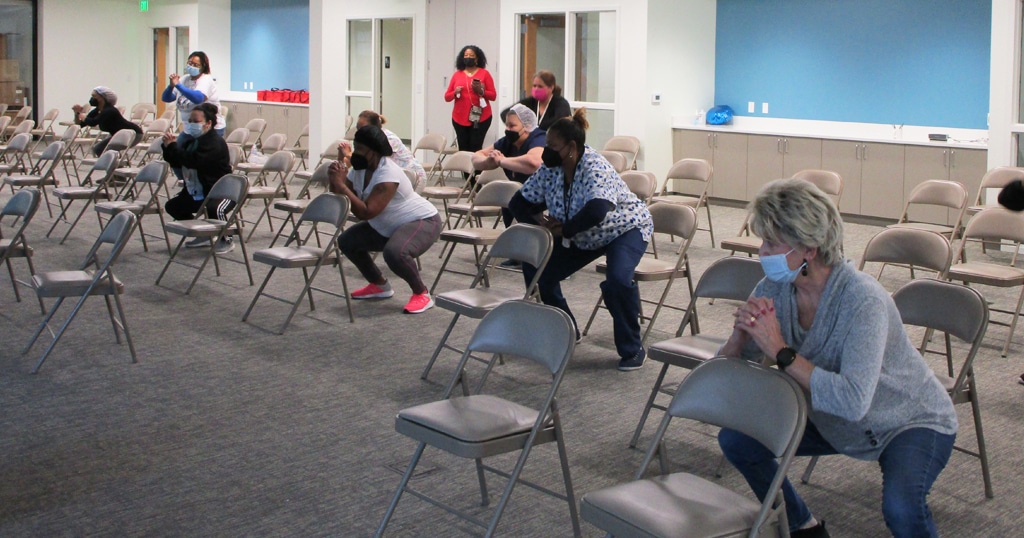
Today is #WearRedDay, a time we all come together to spread awareness about #heartdisease. Thank you to our Merit São Paulo team for recognizing this important cause! #HeartMonth
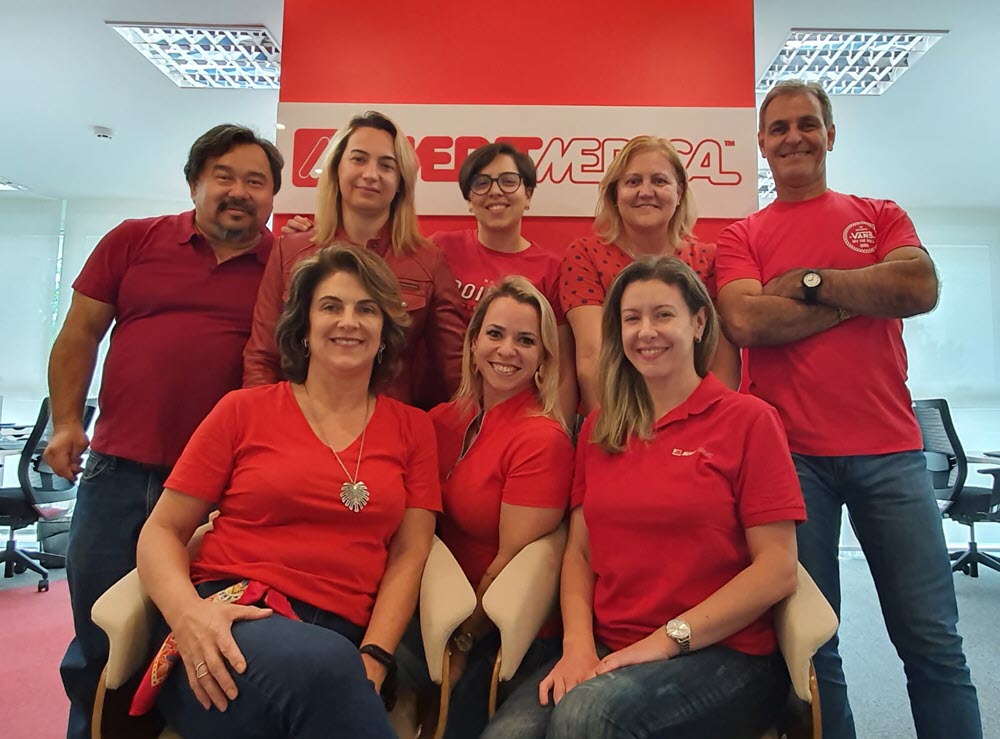
REFERENCES
- World Health Organization. June 11, 2021. “Cardiovascular Diseases (CVDs).” https://www.who.int/news-room/fact-sheets/detail/cardiovascular-diseases-(cvds)
Merit Brings Awareness to Men’s Health During the Month of June

At Merit Medical, it’s our goal to not only provide the tools physicians need to treat and improve patient outcomes but also share knowledge and increase awareness surrounding risk factors for disease.
We understand that illness affects both men and women, but to offer the best patient care, it’s also important to shed light on diseases that are more prevalent in one sex versus the other.
Here are just some of the illnesses that are seen more frequently among men—and how we help care for each.
ESOPHAGEAL CANCER
Esophageal cancer is cancer found in the esophagus—the hollow, muscular tube in your body that carries food and liquid from the throat to the stomach. Men are around three times more likely than women to have esophageal cancer.
- Avoid alcohol.
- Eat more fruits and vegetables.
- Maintain a healthy weight.
- Exercise regularly.
Learn more about esophageal cancer.
MERIT PRODUCTS
LUNG CANCER
Lung cancer is a type of cancer that begins in the lungs. It is the leading cause of cancer deaths worldwide. The overall chance of a man developing lung cancer in his lifetime is approximately 1 in 15, whereas for a woman, the risk is about 1 in 17.
- Quit smoking (or don’t start).
- Stay away from secondhand smoke.
- Test your home for radon.
- Avoid cancer-causing chemicals.
- Live a healthy lifestyle.
MERIT PRODUCTS
KIDNEY FAILURE
Although more women than men are diagnosed with chronic kidney disease, or CKD, men are more likely to reach kidney failure sooner.
Although kidney failure can happen to anyone, men may be more at risk compared to women due to differences in hormones and living unhealthier lifestyles.
- Get a kidney check-up at least every year.
- Control your blood pressure and blood sugar.
- Stop smoking (or don’t start).
- Exercise and eat a healthy diet.
- Maintain a healthy weight.
- If you have an enlarged prostate, talk with your doctor to make sure it’s not blocking your urinary tract.
- Give your doctor a list of any supplements, medicines, and/or hormone treatments you’re taking to ensure they aren’t damaging your kidneys.
Learn more about kidney failure and visit our Dialysis Access Solution page.
MERIT PRODUCTS
AORTIC ANEURYSM
The aorta runs from the heart through the center of the chest and abdomen. It’s the main blood vessel that brings blood to the abdomen, pelvis, and legs. An abdominal aortic aneurysm (AAA) is a life-threatening condition that occurs when the vessel enlarges, putting it at risk of bursting. Men are 4-15 times more likely to develop an AAA than women
- Stop smoking (or don’t start).
- Reduce stress.
- Exercise and eat a heart-healthy diet.
- If you have diabetes or high blood pressure, take the medicines your doctor has prescribed.
Learn more about AAA. To learn more about our packs, wires, and other cardiac products, please visit our Merit Vascular page.
MERIT PRODUCTS
HEART ATTACK
A heart attack, also known as a myocardial infarction, occurs when heart muscle doesn’t receive enough blood. As time passes without receiving treatment, the more damage is done to the heart. The main cause of a heart attack is coronary artery disease (CAD). Researchers have found that throughout life, men are about twice as likely as women to have a heart attack.
- Eat a healthy diet.
- Maintain a healthy weight.
- Exercise regularly.
- Stop smoking (or don’t start).
- Monitor your cholesterol and blood pressure.
- Manage your diabetes.
- Take your prescribed medicines.
Learn more about heart attacks. Explore our Cardiac Portfolio, including our radial sheaths, catheters, wires, and compression devices.
MERIT PRODUCTS
LIVER CANCER
Hepatocellular carcinoma (HCC) is the most common type of primary liver cancer and is most often seen in people with chronic liver diseases, such as cirrhosis caused by hepatitis B or hepatitis C. Worldwide, HCC is the fourth leading cause of cancer death and is 3 times more common among males than females.
- Avoid heavy alcohol use.
- Reduce exposure to aflatoxin B1.
- Stop smoking (or don’t start).
- Get the hepatitis B vaccine.
- If you have hepatitis, work with your care provider to receive treatment.
Learn more about liver cancer. Visit our Hepatic Oncology portfolio.
MERIT PRODUCTS
BENIGN PROSTATIC HYPERPLASIA (BPH)
Benign prostatic hyperplasia, or BPH, is the enlargement of the prostate gland and affects only men. It becomes more common as men get older. Up to 90% of men over the age of 80 have BPH. Although BPH is noncancerous, it can cause bothersome lower urinary tract symptoms.
- Maintain a heart-healthy diet.
- Avoid heavy alcohol use.
- Exercise regularly.
Explore the products we offer to support prostatic artery embolization (PAE), a minimally invasive option to treat BPH.
MERIT PRODUCTS
At Merit Medical, our goal is to improve the lives of people, families, and communities worldwide. An important part of this is caring for men’s health by providing the products and therapies needed for patients to live at their best.
Have questions? Reach out to our Customer Support team.
Before using, refer to Instructions for Use for indications, contraindications, warnings, precautions, and directions for use.
Introducing the SafeGuard Focus™, Revolutionary Compression for Pacemakers and ICD Pockets
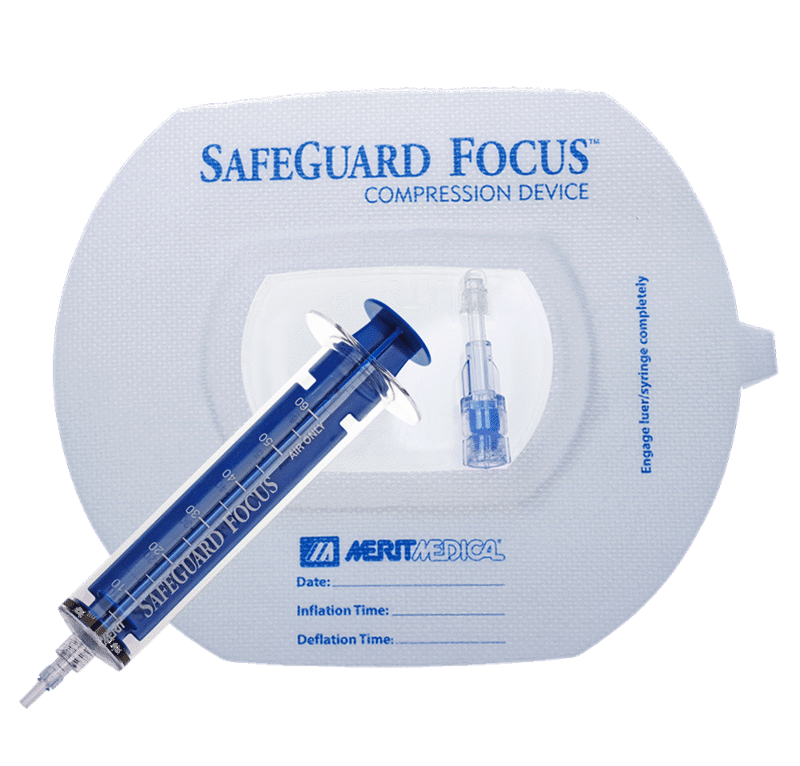
Merit Medical is proud to announce the launch of the SafeGuard Focus, a revolutionary compression device designed specifically for use in patients with pacemakers and implantable cardioverter defibrillator (ICD) pockets. Available in two unique versions—a contoured adhesive dressing and an adhesive-free flexible strap—the SafeGuard Focus is designed to provide accurate and quick hemostasis that is also comfortable for the patient.
Pacemakers and ICDs are placed in a “pocket” under the skin as a therapeutic option to monitor, detect, and control abnormal heart rhythms. To provide compression care to this patient population, electrophysiologists, nurses, and other healthcare professionals will often utilize pocket compression products on the market that fall short of effective, turn to handmade pressure bandages as an alternative, or rely on antithrombin products that can result in potential side effects1 for the patient.
Listening to physician feedback, Merit created the SafeGuard Focus as a reliable solution to this common clinical challenge, designed to reduce the risk of pocket bleeding2 and the risk of subsequent infection.1,3
Advanced SafeGuard Focus features and benefits include:
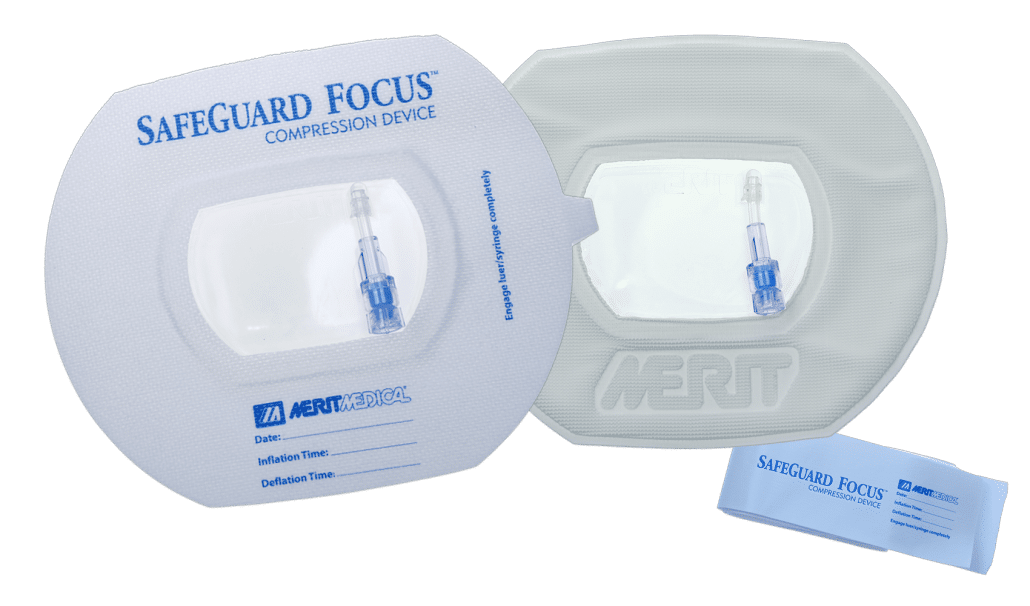
More Targeted Pressure
Delivers nearly 2x the pressure versus handmade compression devices.4,5
Flexible Compression
Adjustable pressure allows desired compression while maintaining patient comfort.
Ease of Use
Quick application without adjusting the patient’s position.*
Unobstructed Site Visibility
A clear window facilitates surgical site assessment without device removal.
Durable Attachment
Medical grade adhesive backing (adhesive version)** and a VELCRO® brand strap (adhesive-free version) offer secure attachment.
Patient Comfort
Soft thermoplastic balloon (both versions) and nylon loop (non-adhesive version) enhance patient comfort.
Merit is committed to understanding the clinical challenges healthcare providers face, then innovating and delivering advanced product solutions that address these needs. The SafeGuard Focus Compression Device is one such solution, a revolutionary addition to the Merit Hemostasis portfolio and to electrophysiology labs worldwide.
Learn more about the SafeGuard Focus by exploring its product page or by connecting with our Customer Support Center to see how you can incorporate it and other Merit hemostasis solutions into your electrophysiology practice today.
REFERENCES
- Essebag V et al. 2016. “Clinically Significant Pocket Hematoma Increases Long-Term Risk of Device Infection.” Journal of the American College of Cardiology 67, no. 11 (March): 1300–1308. PMID: 26988951.
- American Heart Association. 2000. “ECC Guidelines Part 5: New Guidelines for First Aid.” Circulation 102 (suppI_1): I-77–I-85.
- Baddour LM et al. 2010. “Update on Cardiovascular Implantable Electronic Device Infections and Their Management—A Scientific Statement from the American Heart Association and on behalf of the American Heart Association Rheumatic Fever, Endocarditis, and Kawasaki Disease Committee of the Council on Cardiovascular Disease in the Young.” Circulation121: 458–477. PMID: 20048212.
- SafeGuard Focus SP 0522.X Revision 001 Input/Output Specification Matrix (ECN145093).
- Design Verification for SafeGuard Focus REP 20-0118F.00101 Revision 001 Final Report (ECN144963).
* Adhesive version only.
** The adhesive portion of the SafeGuard Focus should not be used over damaged skin.
VELCRO® is a registered trademark of Velcro IP Holdings LLC. Used with permission.
Merit Streamlines basixCOMPAK™ Kits, Provides Options to Better Meet Clinician Needs
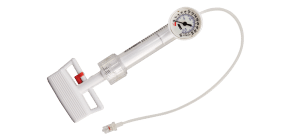
To enhance our inflation device offerings, starting this month we’ve streamlined kits for the basixCOMPAK™ Inflation Device. These inflation device kit options are designed to deliver better product optimization, increase inventory availability, provide efficient product deliveries, and create added pricing transparency.
At Merit Medical, we understand what makes an exceptional inflation device, and we’re proud to innovate and improve our products, delivering the solutions you need for your interventional procedures. This commitment to excellence allows us to provide you with a portfolio that remains inventive yet reliable with kits that better meet your needs, offering the security and confidence in performance you expect from every Merit product.
Browse our Inflation Device portfolio and contact our Customer Support team to see how our product solutions can fit the requirements of your lab.
SwiftNINJA® Overcomes Challenges of Selective Catheterization
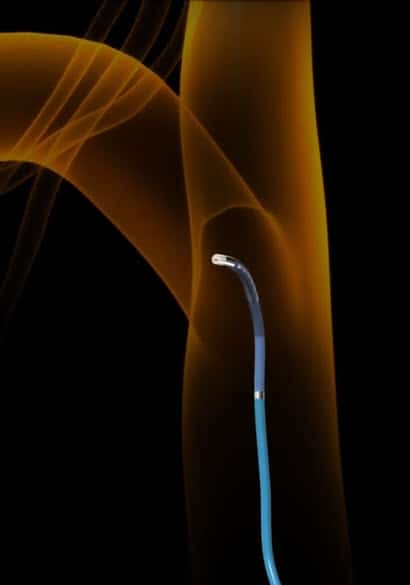
Selective catheterization can be associated with several challenges, such as acute angle branching, blood vessel tortuosity, and small targeted vessel diameter.1 The SwiftNINJA Steerable Microcatheter by Merit Medical, a straight tip catheter that articulates up to 180 degrees in opposing directions, is designed to rapidly select challenging vascular ostium.
A case report by Soyama et al.1 found multiple benefits to using the SwiftNINJA in catheterizations involving acute angle branches as well as a new technique of intentional folding of embolization coils for compact coil packing. The authors found that using a steerable microcatheter made the procedure easier compared to using a conventional device.
The study, published in CardioVascular and Interventional Radiology,1 discussed the following two cases:
CASE 1: CATHETERIZATION OF ACUTE ANGLE BRANCHES
A male patient in his 60s presented with an angiomyolipoma of the left kidney. CT images showed an 8-cm tumor of the left kidney, which had enlarged. To prevent tumor rupture, transcatheter arterial embolization was conducted.
Using the Seldinger technique, a 5F J-shaped sheath introducer was placed percutaneously into the aorta via the left femoral artery. Selective left renal arteriography was performed with a 4F cobra-shaped catheter.
The arteriogram showed two arterial branches of the superior renal capsular artery supplying the primary blood flow to the tumor, both branching out from the main left renal artery with an acute angle of origin. Due to the acute angle branching, Soyama and his team were unable to selectively insert a manually tip-shaped guide wire and instead used the SwiftNINJA as follows:
Bent the tip to turn the orifice of the targeted branch by dial manipulation at the proximal handgrip. Fixed the shape of the tip with the dial stopper.
STEP 2:
Inserted a 0.016-in guide wire into the targeted branch.
STEP 3:
Unlocked the dial stopper. Pushed the microcatheter deep into the targeted branch using the over-the-wire method.
RESULTS:
Catheterization of two targeted branches was completed within 3 minutes. Successful embolization of the target branches followed.
CASE 2: INTENTIONAL FOLDING OF METALLIC COILS IN THE BLOOD VESSEL
A male patient in his 60s presented with right maxillary cancer and was admitted for transcatheter arterial infusion chemotherapy combined with irradiation.
A 5F sheath introducer was percutaneously placed into the aorta via the right femoral artery followed by selective insertion of a 5F catheter into the right common carotid artery. The SwiftNINJA was then inserted into the right internal and external carotid artery.
Selective angiogram showed the targeted tumor was being supplied by the right internal maxillary artery, the transverse facial artery, and the facial artery. It was embolized with pushable metal coils with the intention of creating compact packing of the coils to strengthen the embolic effect and prevent reperfusion:
STEP 1:
Bent the tip of the SwiftNINJA inside the blood vessel using the proximal dial, maintained tip shape, and slowly pushed the coil. The coil was intentionally folded by the change in tip direction. Compact packing was achieved.
STEP 2:
Pushed the second coil into the targeted blood vessel in the same way, completing the embolization using compact coil packing of the right superficial temporal artery.
In procedures such as these, selective catheterization can be very difficult, in some cases forcing a physician to abandon the catheterization all together—even if the shape of the guide wire and catheter was chosen to fit a desired vessel branch.1
In contrast, the SwiftNINJA “has the potential to make selective catheterization easier than when using the conventional device, due to the ability to control the tip shape,” the authors write.1
In the first case,1 the SwiftNINJA allowed the user to shape the tip to the targeted branches easily and properly when needed. It could also be manipulated during catheterization without removing it to reshape the tip, which the authors said could potentially make selective catheterization easier.
The authors1 suggested that in the second case, the SwiftNINJA could be useful for both selective catheterization and compact packing of metallic coils where adjusting and maintaining microcatheter tip shape can be a challenge. Using a steerable microcatheter, they write, “enables the user to easily create an initial loop of the inserted coil and intentionally fold the coils with the stiffly bent catheter tip.”
Soyama et al.1 concluded that the SwiftNINJA “has the potential . . . to allow difficult catheterizations to be completed more easily.”1
SWIFTNINJA KEY FEATURES
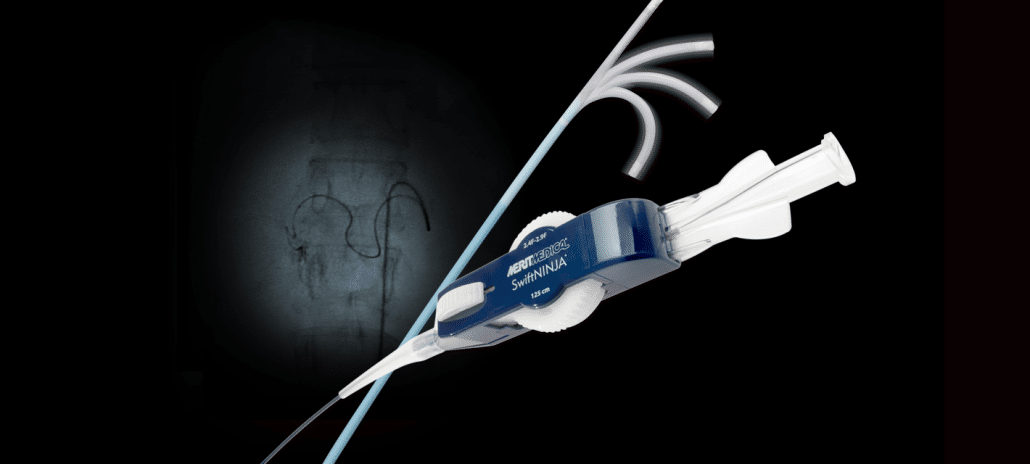
Several features and benefits enable the SwiftNINJA to be the solution needed during challenging interventional procedures:180-Degree Steerable Tip The SwiftNINJA’s steerable tip provides speed, navigation, and support—even in the most challenging vascular anatomy. An ergonomic steering dial enables the catheter tip to be deflected from straight to opposing directions up to 180 degrees, allowing for in vivo steering control.
Steering Lock Once the SwiftNINJA’s tip is positioned at a desired location, it can be locked to hold the shape of that position. The tip will remain positioned for embolic placement without the worry of recoil, loss of position, or embolic displacement.
Multi-Dimensional Steering Once the catheter is shaped into a desired position, the SwiftNINJA can then be torqued and advanced through the vasculature, providing 3D steering as it moves in two planes simultaneously.
Tungsten-Braided Shaft Built with a tungsten-braided shaft, the SwiftNINJA provides support and pushability when navigating tortuous vasculature.
Cost Efficiency Because the SwiftNINJA can navigate through complex blood vessels and reach target anatomy quickly, it can be a cost-effective option compared to failed attempts using numerous catheters. As mentioned by Soyama et al.,1 the SwiftNINJA made their procedure easier to perform than using a conventional device.
Similarly, another case study by Hinrichs et al.2 described successful coil embolization of a small hepatointestinal collateral with the SwiftNINJA after failed attempts with other catheters. Henrichs et al.2 write, “taking into account the numerous regular microcatheters that were used without success in our two cases, the appropriate use of a steerable microcatheter can be even more cost-effective with regard to the total material costs.” Merit Medical is committed to providing the medical devices needed to improve and transform healthcare. Discover the SwiftNINJA Steerable Microcatheter by visiting the product page and the Merit Medical Customer Support Center for more information.
RELATED PRODUCTS
References
1. Soyama et al. 2017. “The Steerable Microcatheter: A New Device for Selective Catheterization,” CardioVascular and Interventional Radiology 40, no. 6: 947-952, PMID: 28138724.
2. Hinrichs et al. 2017. “Coil Embolization of Reversed-Curve Hepatointestinal Collaterals in Radioembolization: Potential Solutions for a Challenging Task,” Radiology Case Reports 12, no. 3: 529-533, PMID: 28828119.
Endovascular Balloon Use Increases Survival in Patients with SVC Tears
Superior vena cava (SVC) tears are one of the most-deadly complications in transvenous lead extraction procedures. Although rare, occurring at 0.46% of all lead extractions performed, more than half of these SVC tears end in mortality.1 A multi-year analysis published in Circulation: Arrhythmia and Electrophysiology, showed that when an endovascular balloon was used, patients undergoing lead extraction were more likely to survive.1
Transvenous lead extraction is considered safe and effective with a low major complication rate.1 However, complications can occur—one being the dangerous and often lethal SVC tear. In such situations, an endovascular balloon is used to occlude the SVC tear, preventing blood loss and offering more time for repair.
Azarrafyi et al.1 collected data on adverse events in lead extraction between July 1, 2016, and July 31, 2018. SVC tears were examined for patient demographics, case details, and index hospitalization mortality.
Results1 showed 116 confirmed SVC events. Out of these, 44% involved proper endovascular balloon use, and 56% did not use a balloon or had improper use of one. Proper use of an endovascular balloon led to 45 of 51 patients (88.2%) surviving in comparison to 37 of 65 patients (56.9%) where a balloon was not used or was improperly used (P=0.0002). Proper balloon deployment was an independent, negative predictor of in-hospital mortality for patients who experienced an SVC tear (odds ratio, 0.13; 95% CI, 0.04–0.40; P<0.001).
The authors of the study concluded that patients undergoing lead extraction were more likely to survive SVC tears when treatment included an endovascular balloon.1
To care for patients with SVC tears, Merit Medical offers the Vitale™, an occlusion balloon that maintains hemostasis for up to 30 minutes,2 intended to allow time for patients to stabilize and transition to surgery.
Clinician evaluations3 comparing the 8F and 10F Vitale with a competing endovascular balloon showed the Vitale to have a faster placement time of 30 seconds (1:28 vs. 1:58). Clinicians also reported the Vitale 8F and 10F to have softer tips that are less traumatic to the vasculature.
Additional benefits of the Vitale Occlusion Balloon:
- Faster Inflation4 Ensures any tear is occluded promptly.
- Smallest Footprint on the Market 8F has same capabilities as a larger balloon.
To further prep clinicians for procedures, Merit offers the Vitale in a premier kit, conveniently providing the tools needed for SVC treatment.
| Kit Contents, 8F Balloon | Kit Contents, 10F Balloon |
|---|---|
| 60 cc VacLok® Syringe | 60 cc VacLok® Syringe |
| 8F Prelude SNAP™ Hydrophilic Sheath Kit | 6F Prelude SNAP™ Hydrophilic Sheath Kit |
| InQwire® Amplatz Guidewire 0.035″ X 260 cm 3 mm J Tip | 10F Prelude SNAP™ Hydrophilic Sheath Kit |
| InQwire® Amplatz Guidewire 0.035″ X 260 cm 3 mm J Tip |
Discover the Vitale Occlusion Balloon by visiting the product page and contacting Customer Support for more information.
Because when it comes to SVC tears, every second counts.
References
- Azarrafyi et al. 2019. “Endovascular Occlusion Balloon for Treatment of Superior Vena Cava Tears During Transvenous Lead Extraction: A Multiyear Analysis and an Update to Best Practice Protocol.” Circulation: Arrhythmia and Electrophysiology 12(8): e007266. PMID: 31401856.
- Data on File.
- Clinician Evaluations, Final Report. Data on File.
- Data on File.
Prelude IDeal™ Provides Real Solution to Common Radial Access Challenge
Prelude IDeal™ Provides Real Solution to Common Radial Access Challenge
During radial access procedures, many thin-walled sheath introducers on the market pose the risk of kinking or compressing, either near the access site or inside the radial artery, resulting in wires, catheters, and other devices unable to move through. After years of research, the Merit R&D team built the Prelude IDeal™, a hydrophilic sheath introducer designed to specifically resist kinking and compression while also facilitate smooth device movement and exchange, providing a real solution to this common radial access challenge.
THINNER BUT STRONGER
To combat both kinking and compression, the Merit R&D team envisioned a sheath with a wall that was thinner and stronger than the products physicians currently used.
To achieve this balance, they developed a composite braiding technology to serve as the inner layer of the Prelude IDeal sheath, giving it a 13% thinner wall than the leading thin-walled sheath competitor.1 Unlike other thin-walled sheaths, the braiding of the Prelude IDeal also gives it structural integrity to increase kinking and compression resistance, making it 124% more resistant to sidewall compression and 23% more kink resistant than the leading competitor.1
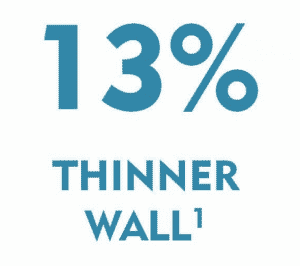
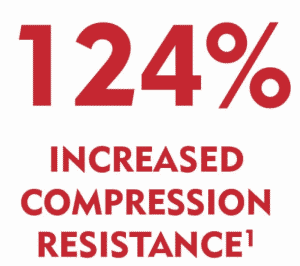
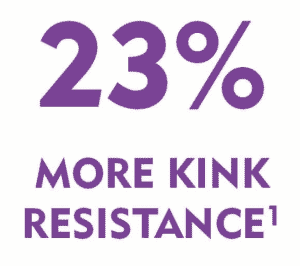
SAME OD, LARGER ID
With a thinner wall, the Prelude IDeal maintains the same sheath outer diameter (OD) as the market leader but larger inner diameter (ID). This increased internal capacity enables smooth wire, catheter, and device manipulation and exchange.

MADE FOR RADIAL
The Prelude IDeal was developed specifically with radial access in mind. Combining a thinner wall with a composite braiding technology enable the Prelude IDeal to maintain structural integrity, protecting the sheath from compression during vessel spasm, a potential side effect of radial artery access.
In addition, the Prelude IDeal’s kink resistance is crucial when implementing the distal radial technique, where the anatomy of the hand can be more tortuous and accessing the vessel at an increased upright angle is necessary. The robust structure of the Prelude IDeal makes it a practical device choice in distal radial procedures.
WITHSTANDS EXTERNAL PRESSURE
A typical thin-walled sheath may collapse, for example, when it encounters a narrowing of the vessel, preventing catheters and wires from passing through.
With structural integrity provided by its braided composite structure, the Prelude IDeal withstands the natural bends and curves of the artery and aids in straightening the vessel, allowing catheter manipulation and torque without sheath compression.
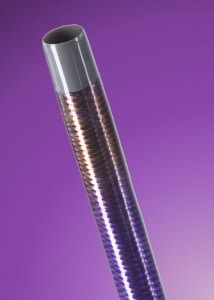
DISCOVER THE PELUDE IDEAL
The Prelude IDeal Hydrophilic Sheath Introducer has become the tool of choice for radial and distal radial access procedures around the globe. Its story is much like Merit’s overall goal—to listen to the needs of physicians and innovate ways to improve patient care.
Explore all the Prelude IDeal has to offer by visiting its product page or contacting the Merit Customer Support Center.
REFERENCES
- 6F Data on File. Merit assumes no responsibility to update test data.
American Heart Month at Merit

Merit Medical is a company with heart. We’re a team with a common goal of improving the lives of people worldwide. That’s why we’re proud to celebrate February as American Heart Month—because we believe that heart health and heart disease prevention are topics that affect everyone.
In the United States, heart disease is the leading cause of death for men, women, and people of most racial and ethnic groups.1 Every 37 seconds a person dies from cardiovascular disease.1 And about 647,000 Americans die from heart disease each year—a staggering 1 in 4 deaths.1
Merit Medical has a long history of supporting heart health through a number of product innovations. In 1987 we started with a single groundbreaking product—a stronger and safer coronary control syringe. More than thirty years later, our cardiac portfolio has expanded, providing interventional cardiologists and electrophysiologists with more options to treat patients.
When it comes to our Merit team, we take heart health seriously. Some of the ways we prioritize heart health every day include employee health screenings and challenges, healthy meal options in our facility cafés, convenient opportunities to engage in physical activity, and a smoking cessation program.
Merit’s Chief Wellness Officer Dr. Nicole Priest offers regular wellness talks at our Salt Lake City HQ, including a special heart talk this month, to keep our team up to date on the latest health recommendations and tips for disease prevention. With the help of the American Heart Association Utah Division, we also offer on-site employee CPR awareness courses. Thanks to these training efforts and facility-wide AED device accessibility, Merit employees were able to save the life of a co-worker who suffered cardiac arrest.
Merit is proud to recognize American Heart Month. Check back throughout February to see all the ways we’re raising awareness about heart health and working together to prevent heart disease.
Meet Peter Carpenter, currently a college student and engineering intern at Merit Medical. He shares his compelling story about a heart condition that has shaped his journey to become a medical device engineer.
MERIT HEART SAVERS
During #AmericanHeartMonth, we stop to reflect about ways to keep our hearts healthy. And last year, the Merit family learned first-hand the importance of CPR and AED training when three employees were able to save the life of a colleague. In this video they share their story. Thank you to the American Heart Association of Utah for supporting Merit’s CPR and AED training program.
REFERENCES
- Centers for Disease Control and Prevention. (2019 Dec 2). Heart Disease Facts. Retrieved from https://www.cdc.gov/heartdisease/facts.htm
Prepare for Angiography — Merit’s Procedure Trays With Gowns
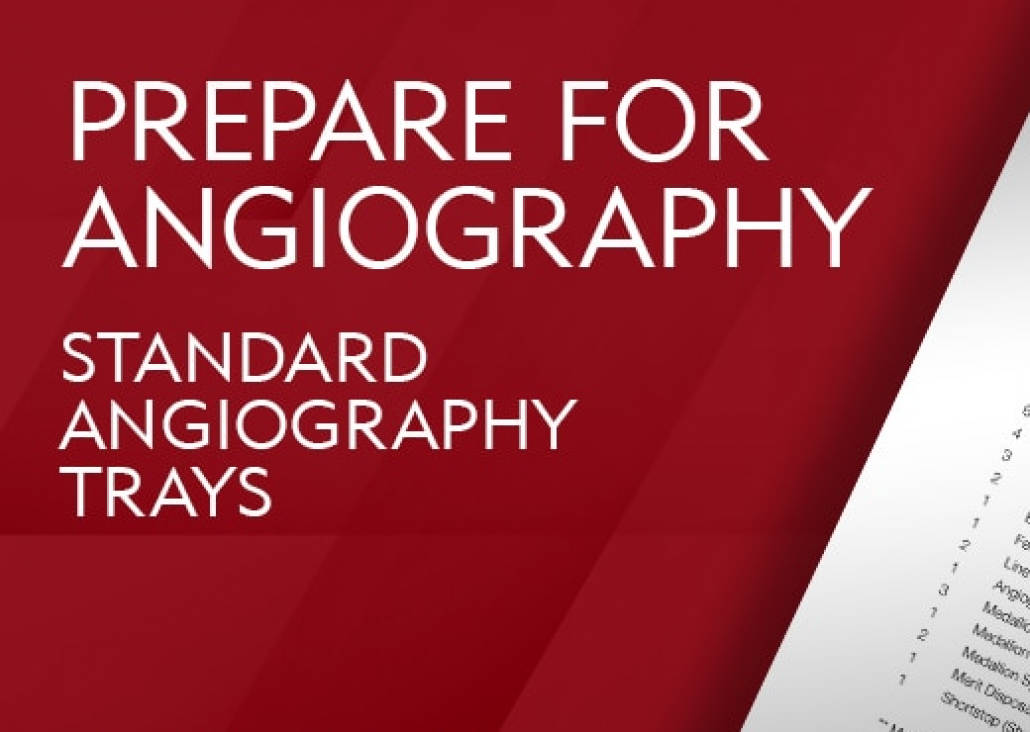
Merit is aware of a disruption to the availability of custom procedural trays including AAMI level 3 surgical gowns provided by Cardinal Healthcare. We want to notify you that Merit Medical can quickly provide you with a suitable tray or pack replacement allowing you to perform critical diagnostic and interventional procedures. Cardinal is a valued partner in healthcare delivery to Merit Medical and our highest priority is to ensure that patients we mutually serve receive the care they need as quickly and efficiently as possible.
In addition to manufacturing medical devices for Interventional Cardiology and Radiology, Merit offers kits, packs, and trays in standard and custom configurations and assembles and distributes these to customers from a highly advanced and automated facility in Richmond, VA.
Merit’s Available Suggested Alternative:
Standard Angiography Tray, Catalog Number – K10T-03784
Of importance:
- The above suggested tray is a suitable replacement for the majority of the affected packs that are used in Interventional Cardiology, Interventional Radiology, and Vascular Surgery.
- Merit utilizes an ISO-certified manufacturer of level 3 gowns that are different from those affected.
- If you require additional fluid administration items such as manifold kits, waste bags, Medallion® syringes, Merit can provide those items to ensure you have all of the products you need to complete cases.
TO LEARN MORE
Contact Customer Service
Phone: 801-208-4469
Email: [email protected]
Please consult the product labels and inserts for any indications, contraindications, potential complications, warnings, precautions and directions for use.
For Nearly Two Decades, Merit Compression Devices Deliver Quality and Confidence

Merit Medical® has been innovating and delivering quality compression devices for nearly two decades. We launched our first hemostasis band in 2000, and since then it has been our goal to innovate and improve upon subsequent products, ensuring our customers finish each diagnostic and interventional procedure with confidence. Today we have a broad suite of hemostasis devices for each access site, including radial/ulnar, distal radial, and femoral. The PreludeSYNC EVO™, PreludeSYNC DISTAL™, and SafeGuard® are three such products, premium compression devices that help to achieve controlled hemostasis accurately, quickly, and comfortably.
PreludeSYNC EVO for Radial/Ulnar Artery Compression
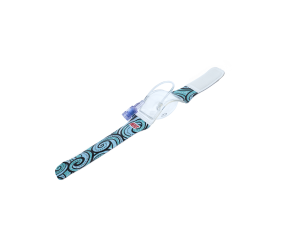
To assist in gaining and maintaining hemostasis of the radial/ulnar artery following catheterization procedures, this year we launched the PreludeSYNC EVO, our latest compression device designed to elevate both the operator and patient experience through clarity, safety, and comfort. A clear balloon and curved backer plate provide optimal visualization of the puncture site, facilitating easy placement. It also features a new Slip-n-Lock™ Cap for safe and easy inflation and deflation. Available in two sizes (24 cm and 29 cm), the soft, adjustable band of the PreludeSYNC EVO fits securely and comfortably around a patient’s wrist.
Explore all the ways we have evolved achieving patent hemostasis with the PreludeSYNC EVO.
PreludeSYNC DISTAL for Distal Radial Artery Compression

Due to a growing trend of physicians performing distal radial access procedures, we combined a unique band configuration with the comfort and efficacy of the PreludeSYNC™ Radial Compression Device and created the PreludeSYNC DISTAL, the first-ever compression device for distal radial access sites. For a secure and comfortable fit, the PreludeSYNC DISTAL is designed with a material that provides adjustable placement and includes extension bands for larger hands if needed. It is also available in right and left hand devices. A clear balloon provides focused compression for up to 10 mL of air, and a large window area offers unobstructed site visibility that assists placement of the balloon accurately over the access site.
Learn more about the PreludeSYNC DISTAL and its many design features.
SafeGuard for Femoral Artery Compression
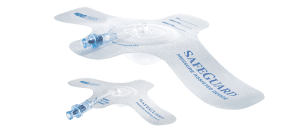
The SafeGuard is our original pressure-assisted device for femoral access sites and continues to be a trusted hemostasis band among our customers. Clinical trial data show the 24 cm SafeGuard reduces active compression time1 and has a lower complication rate1 versus manual compression.2 From recovery to positioning and transport, the SafeGuard provides consistent pressure throughout the patient care process. It also facilitates site assessment through a clear window without removing the device. Patients who have undergone a catheterization procedure also prefer SafeGuard, with 87% reporting it “much more comfortable” than any previous procedure.1 Given these advantages, SafeGuard use can reduce demands on staff, maximize valuable resources, and enhance patient comfort.
Discover more SafeGuard clinical benefits.
Whether you choose radial/ulnar, distal radial, or femoral access, we offer an extensive portfolio with many pathways to vascular hemostasis. Our field sales and clinical support teams are trained and ready to meet your facility’s patient hemostasis needs. With a strong history of hemostasis product offerings, you can feel confident in finishing each interventional procedure with a Merit Medical compression device.
To learn more about our compression devices, visit our diverse Hemostasis Product Portfolio.
REFERENCES:
1. Data on file.
2. Sanborn, T. A. (2004). Reduced vascular complications after percutaneous coronary interventions with a nonmechanical suture device: Results from the randomized RACE study (manual compression subset). Catheter Cardiovasc Interv, Mar;61(3):327–332.
Merit Recognizes Infection Prevention Week with a Strong History of Keeping Clinicians and Patients Safe

Today marks the start of International Infection Prevention Week, a worldwide awareness event aimed at highlighting ways to stop the spread of healthcare-associated infections (HAIs). At any given time, about one in 25 inpatients have an infection related to hospital care.1 HAIs may lead to sepsis or even death,2 prompting healthcare providers to take preventative action to protect patients. Through a number of safety and infection prevention products and education programs, Merit Medical strives to make the healthcare setting safer for patients and healthcare professionals.
In 1987 Merit was built on a safety product: a safer and stronger disposable syringe. Over the past 32 years, we’ve continued this legacy of innovation, developing best-in-class safety and infection prevention devices that benefit patients, healthcare professionals, and overall health systems.
Many HAIs can be prevented with proper infection prevention practices. We’re pleased to offer products and training programs that can help hospitals reduce their risk.
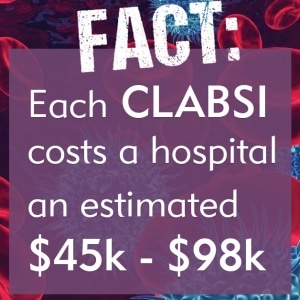

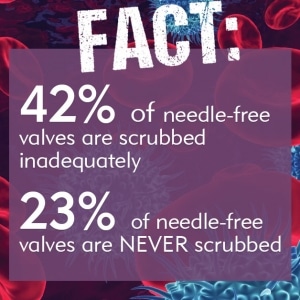
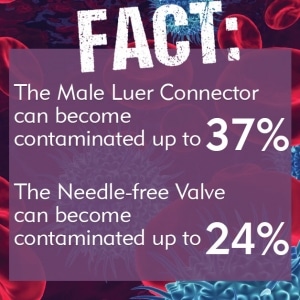

DualCap® Disinfection & Protection System
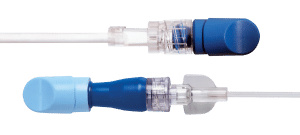
A shining star of our commitment to infection prevention is the DualCap® Disinfection & Protection System, a unique disinfecting cap system for use on both the male luer connector at the end of the IV tubing and the needle-free valve. Clinical evidence shows that the male luer connector can become contaminated up to 37% and the needle-free valve up to 24%, routinely causing vascular device cross-contamination.3
The DualCap — which was designed by nurses — helps to solve these problems via two color-coded, easy-to-grasp caps with built-in disinfecting sponges saturated with 70% isopropyl alcohol. Just twist onto the male luer connector and needle-free valve to disinfect and protect until access is required. Within 30 seconds, the DualCap not only disinfects but also provides a physical barrier to contamination for up to 7 days.4*
Learn more about how the DualCap helps to protect patients.
Safety Products

Other products designed to keep clinicians and patients safe include quick and safe fluid waste elimination systems, such as the BackStop®, MiniStop®, BackStop+™, and MiniStop+™. Our temporary sharps holders, the ShortStop® and ShortStop Advantage®, are intuitively designed to prevent sharps injuries. And PAL™ – Pen and Labels and Medallion® Syringes streamline medication labeling, helping to facilitate compliance with national safety goals.
Explore all of Merit’s Safety & Waste Management and Infection Prevention products.
Educational Opportunities
We also offer the Think Safety and Infection Prevention program, a series of educational opportunities designed to help clinicians learn about techniques, tools, and methods that can improve patient outcomes and prevent HAIs as well as costly medical errors. Attendees can participate in live and recorded webinars and educational events throughout the year and learn the latest patient and clinician safety and infection prevention.
Merit is happy to recognize International Infection Prevention Week and be your partner in keeping hospitals and healthcare settings safe.
REFERENCES
1. Office of Disease Prevention and Health Promotion. (2019 Oct 7). Health care-associated infections. Retrieved from https://health.gov/hcq/prevent-hai.asp
2. Centers for Disease Control and Prevention. (2017 Dec 4). Healthcare-associated infections (HAIs). Retrieved from https://www.cdc.gov/winnablebattles/report/HAIs.html
3. Lopansri BK, et al. Does the Partner Matter? (SHEA 2011, Paper 4539).
4. DualCap® IV Pole StripsTM Disinfectant Caps for Male Luers and Luer Access Valves Instructions for Use. Catheter Connections.
* Under normal conditions if not removed
Introducing the Merit RadialFLO™ Arterial Catheter—the Next Wave in Caring for Critically Ill Patients

Merit is proud to introduce the RadialFLO™ Arterial Catheter, a first-step device in setting up a pressure monitoring and closed blood sampling system. Engineered for peripheral access to the arterial system, the RadialFLO’s advanced features enable clinicians to gather hemodynamic data, helping to improve patient care. With the addition of the RadialFLO, Merit is now able to offer critical care clinicians a complete solution for hemodynamic pressure monitoring.
To simplify radial arterial access, the RadialFLO is built with a notched needle that provides instant blood return to confirm access. The needle is also silicone coated for smooth insertion. Once access is achieved, the Integral FloSwitch® controls blood flow to allow the clinician to connect the pressure monitoring system, minimizing unwanted blood exposure.
The RadialFLO plays a synergistic role within the Merit critical care line of products, providing a complete solution for setting up a patient-centric monitoring system. Clinicians begin the process by leveraging Merit’s broad array of packs and accessories to prepare the patient for radial access. Once access is achieved with the RadialFlo Arterial Catheter, Merit’s Safedraw® Closed Arterial Blood Sampling System seamlessly connects to the catheter to form the pressure monitoring system. Lastly, Merit’s Pressure Infusor Bag operates atop the IV pole to infuse saline to maintain signal integrity and line patency.
Merit also offers critical care educational opportunities to improve patient and clinician safety. Throughout the year, Think Safety and Infection Prevention™ live and recorded webinars and educational events are held to help healthcare professionals learn the techniques, tools, and methods that can improve patient outcomes as well as prevent costly medical errors and hospital-associated infection. Critical care nurses, perioperative nurses, and infection control and safety committee members are welcome to attend.
Learn more about the RadialFLO Arterial Catheter and all the ways Merit continually supports the needs of critical care clinicians with products and education across the patient care continuum.
Recap of SIR 2019

Announcing New Product Innovations and Education Presentations at SIR 2019 – Booth 349
As the pioneers of minimally invasive treatment, you are innovators.1 And Merit Medical is pleased to be your industry partner in innovative healthcare. This year at SIR 2019, we will introduce several new innovative products and technologies in the areas of venous therapy, interventional spine, embolics, biopsy, drainage, and radial access. We are also pleased to provide several in-booth education presentations and hands-on opportunities to further your learning experience at SIR.
Innovation Education Series at the Merit Medical Booth
The Evolution of Radial Access – The Science and Practice of Distal Transradial
- Date: Sunday, March 24, 2019
- Time: 12:00 – 1:00 PM *Meet and Be Educated: Lunch provided; first come, first served.
 Darren Klass, MD, PhD, MRCS, FRCR, FRCPC, Interventional Radiologist, Vancouver General Hospital, Vancouver, BC Darren Klass, MD, PhD, MRCS, FRCR, FRCPC, Interventional Radiologist, Vancouver General Hospital, Vancouver, BC |
 Ferdinand Kiemeneij, MD, PhD, Interventional Cardiologist, “Father of Transradial Intervention,” Tergooi, The Netherlands Ferdinand Kiemeneij, MD, PhD, Interventional Cardiologist, “Father of Transradial Intervention,” Tergooi, The Netherlands |
Steerability in Single Access Approach for Vertebral Augmentation
- Date: Monday, March 25, 2019
- Time: 10:00 – 10:30 AM
 Bart Dolmatch, MD, Palo Alto Medical Foundation, Palo Alto, CA Bart Dolmatch, MD, Palo Alto Medical Foundation, Palo Alto, CA |
How Low Can You Go? A Paradigm Change in the Treatment of Venous Insufficiency
- Date: Monday, March 25, 2019
- Time: 12:00 – 1:00 PM *Meet and Be Educated: Lunch provided; first come, first served.
 Michael Tal, MD, MBA, Tel Aviv, Israel Michael Tal, MD, MBA, Tel Aviv, Israel |
Advanced Localization Techniques; Breast Cancer – From Biopsy to Lymph Nodes
- Date: Tuesday, March 26, 2019
- Time: 10:00 – 10:30 AM
 Tanya W. Moseley, MD, University of Texas MD Anderson Cancer Center, Houston, TX Tanya W. Moseley, MD, University of Texas MD Anderson Cancer Center, Houston, TX |
Targeted RF Ablative Therapy in Metastatic Spine Disease: Steerability and Clinical Evidence
- Tuesday, March 26, 2019
- Time: 12:00 – 1:00 PM *Meet and Be Educated: Lunch provided; first come, first served.
 Jack W. Jennings, MD, PhD, Washington University, St. Louis, MO Jack W. Jennings, MD, PhD, Washington University, St. Louis, MO |
* The content of these sessions is not part of the SIR 2019 Annual Scientific Meeting as approved by the Annual Scientific Meeting Committee. Merit Medical is hosting this lunch in accordance with the AdvaMed Code of Ethics.
New Product Innovations and Hands-on Learning
Venous Therapy:
- Merit Medical recently acquired the ClariVein® IC Infusion Catheter
- Hands-on Opportunity: Experience single-handed operation of the ClariVein while learning about its many patient and operator advantages
- Learn more about Merit’s Access Kits and Packs, complete solutions to access the vascular system
Interventional Spine:
- Explore the Osseoflex® SB Steerable and Straight Balloons, for access to the entire vertebral body and cavity creation using a unipedicular or bipedicular approach
- Discover Osseoflex® SN Steerable Needles, for access to the vertebral body via a unipedicular approach
- Find out about upcoming ThinkInterventionalSpine™ physician education opportunities
Embolics:
- EmboCube™ Embolization Gelatin, available in two sizes (2.5 mm and 5.0 mm diameters), pre-loaded into syringes
- Hands-on Opportunity: UFE and PAE kiosk, for clinical resources and patient-facing tools
- Hands-on Opportunity: PAE-simulator training
Biopsy and Localization:
- New and Improved CorVocet™ Biopsy System, designed to cut a full core of tissue and provide large specimens
- Merit Medical recently acquired the SAVI SCOUT®, for wire-free radar localization of target tissue during breast cancer care
- Hands-on Opportunity: Experience the SAVI SCOUT
Drainage:
- Learn about the Aspira® Drainage System, designed to help patients drain fluid and manage symptoms without repeated trips to the hospital
- New Aspira® Drainage System Demo Kit and 24-hr Patient Hotline, support pieces for patients using the Aspira Drainage System
Radial Access:
- New PreludeSYNC DISTAL™, a hemostasis device designed for “snuff box” access sites (distal radial artery)
- Discover the Prelude IDeal™ Hydrophilic Sheath Introducer, designed with increased resistance to kinking and compression
REFERENCES
- Society of Interventional Radiology. (n.d.). Nonsurgical interventional radiology procedures offer less risk, less pain and less recovery time compared to open surgery. Retrieved from https://www.mirmss.org/uploads/2/0/7/9/20795846/about_interventional_radiology.pdf
Merit in the News: I-CRT Featured in DAIC

Diagnostic and Interventional Cardiology (DAIC) recently featured an article titled “Use of the Interventional CRT Approach to Solve Issues With LV Lead Placement.” Written by Matthew S. McKillop, MD, and Seth J. Worley, MD, the article discusses how adopting the interventional cardiac resynchronization therapy (I-CRT) method may offer electrophysiologists a greater ability to adapt to difficult patient anatomy, providing a better way to place a left ventricular (LV) lead in comparison to conventional placement techniques.
Originally developed by interventional cardiologists and radiologists, the I-CRT approach is based on a set of tools and techniques now repurposed and used for coronary sinus cannulation and LV lead implantation. An entirely different path to LV lead placement, I-CRT helps electrophysiologists take on exceptionally challenging cases by controlling the anatomy and allowing for multiple adjustments during a procedure.
In the article, Drs. McKillop and Worley address seven complex situations that may be encountered during LV lead placement and follow up with how Interventional CRT provides solutions. The authors write that in some of these examples, “I-CRT offers a solution where the only other viable option is to abandon the case.” Read the full DAIC article.
For more information about I-CRT and overcoming obstacles to adoption, explore Dr. Worley’s 2018 EP Lab Digest article titled “I-CRT: Challenging the Conventional Approach to LV Lead Placement, Literally and Figuratively.”









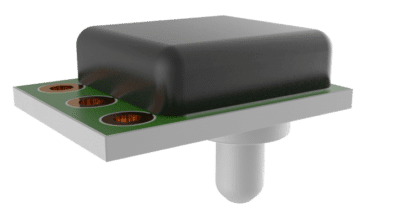
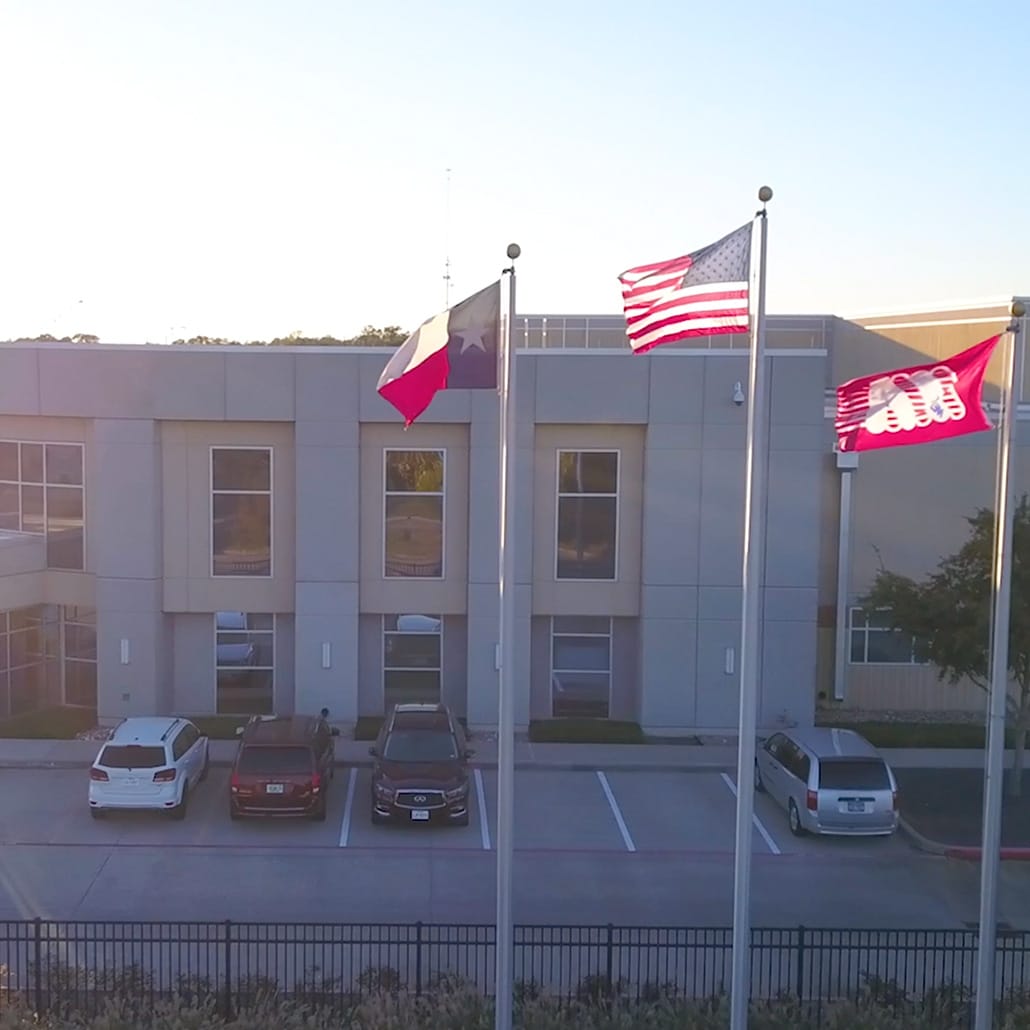
![ReSolve® Biliary Locking Drainage Catheter [Introduction]](https://meritlegacy.decort.co/wp-content/uploads/2021/11/2021-11-23_12-22.png)

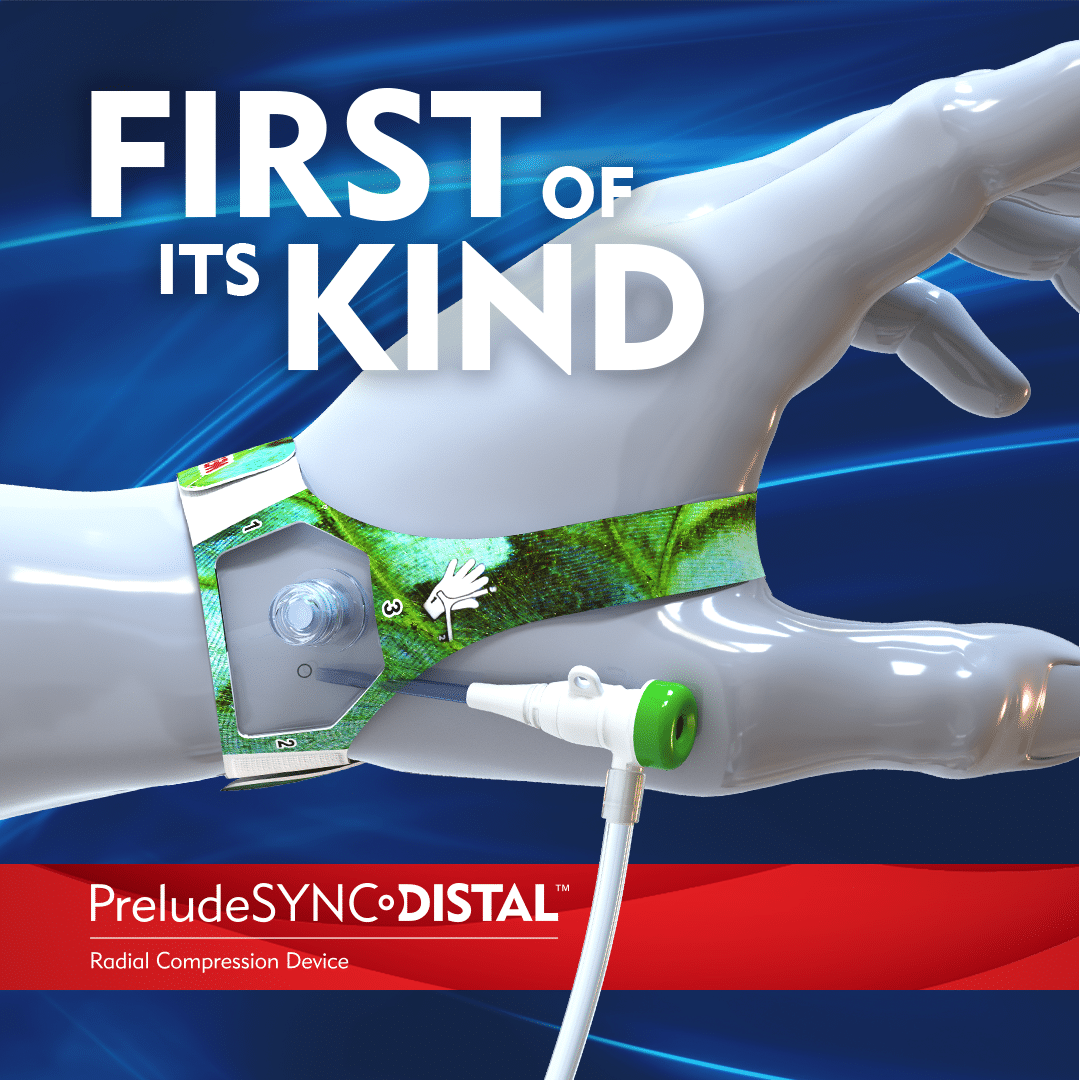

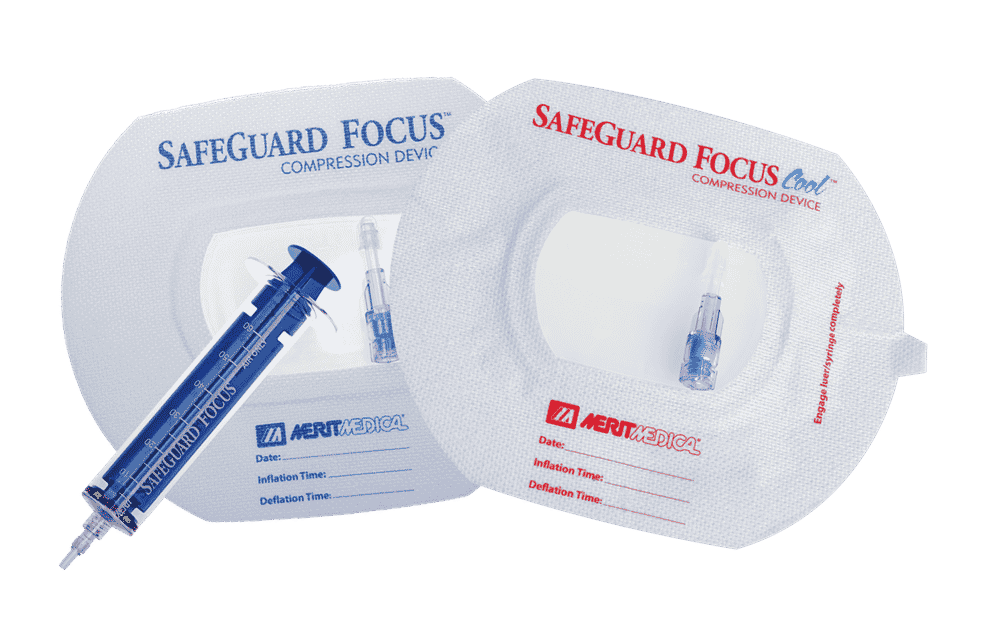






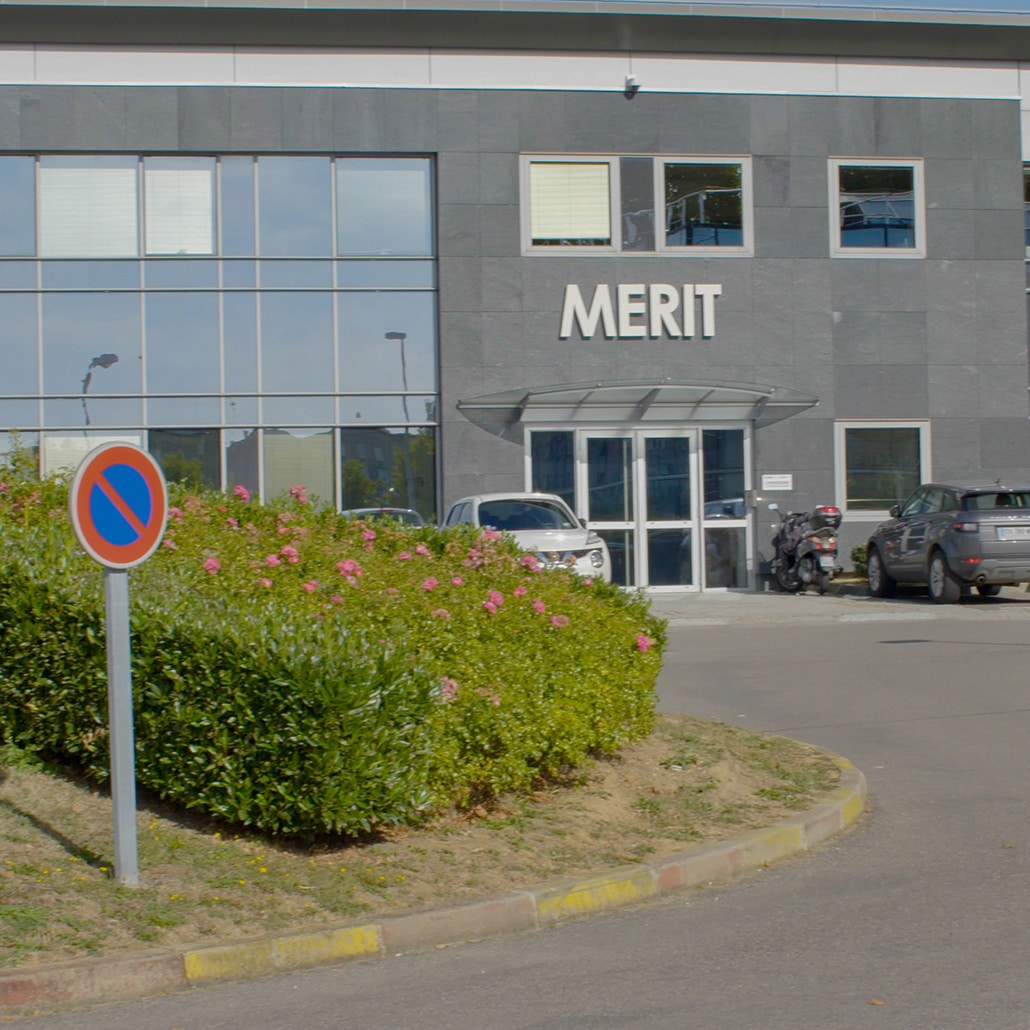


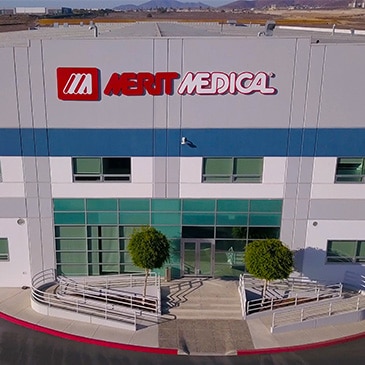





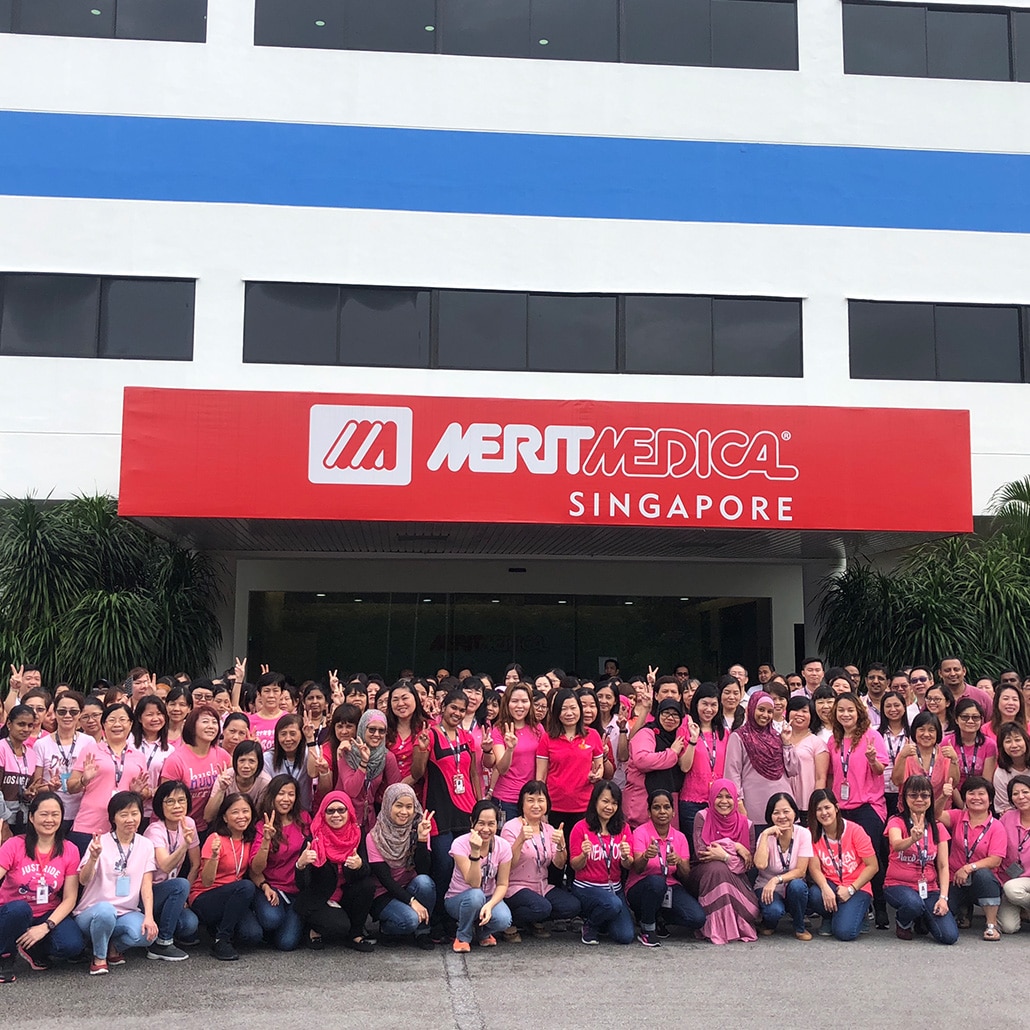
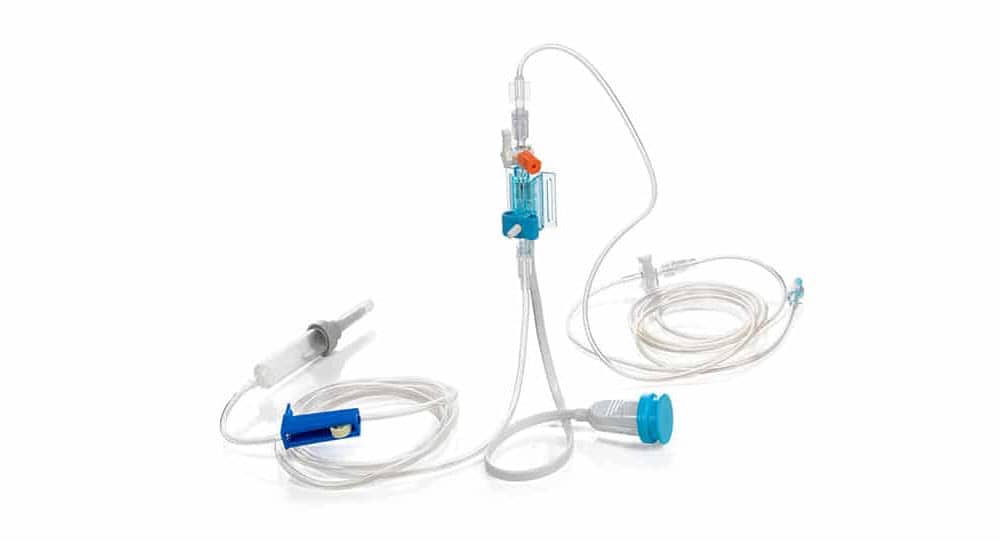


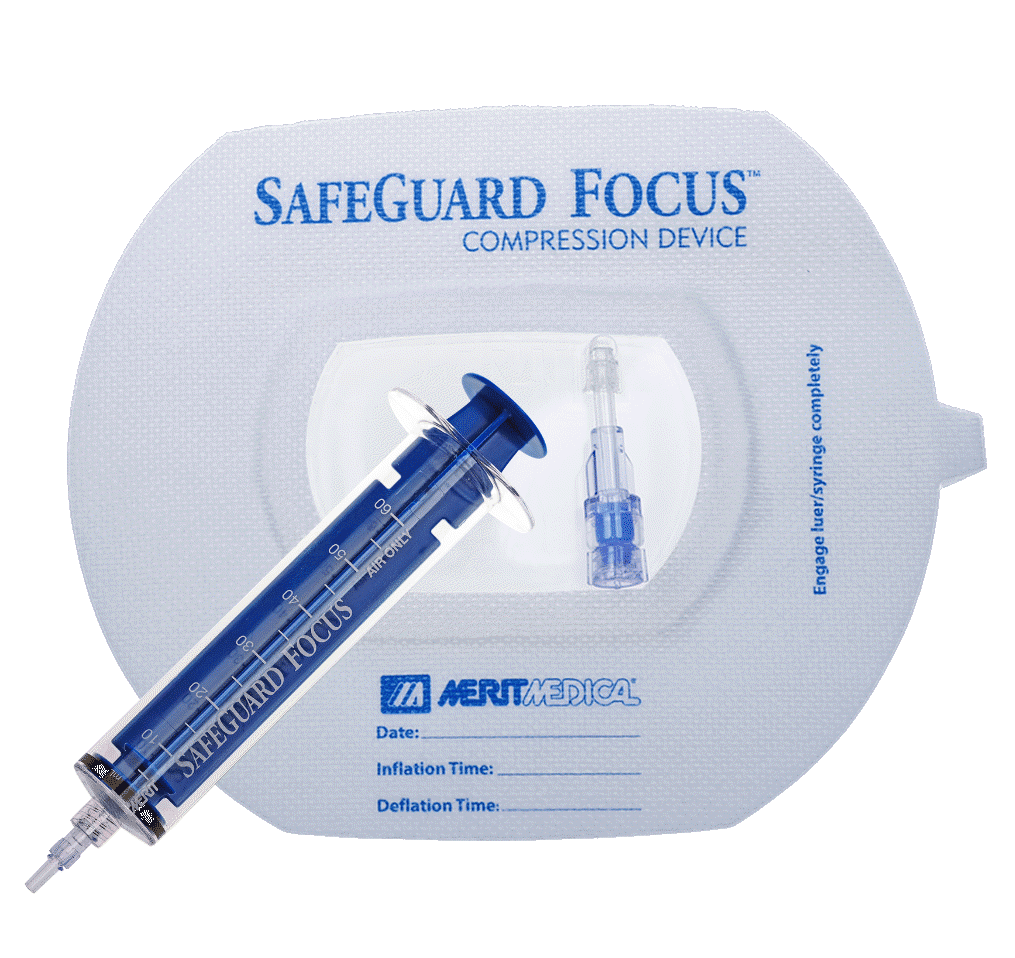 SafeGuard Focus™ Compression Device
SafeGuard Focus™ Compression Device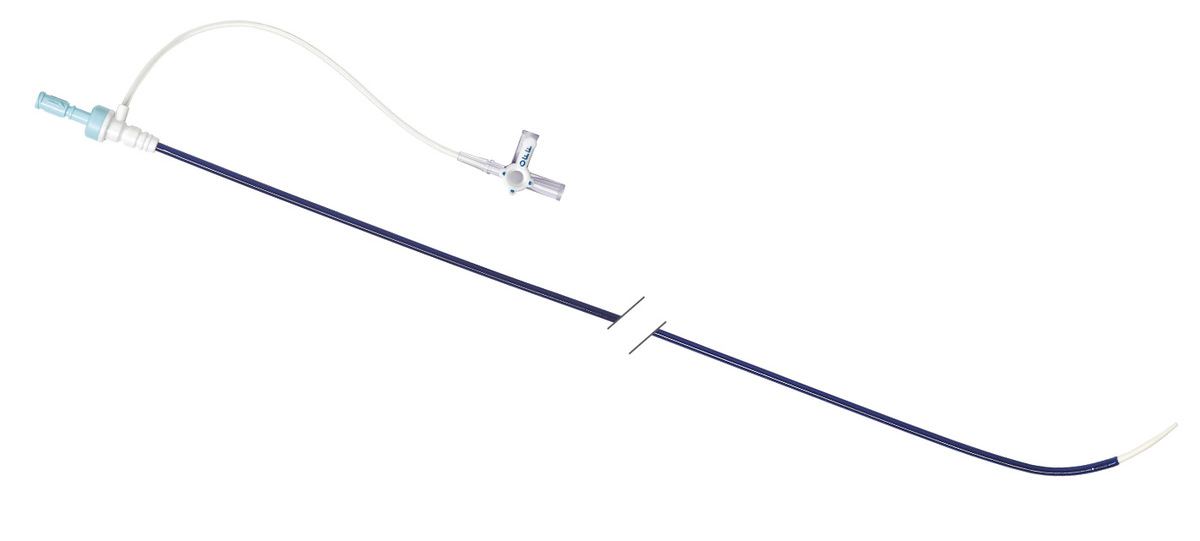
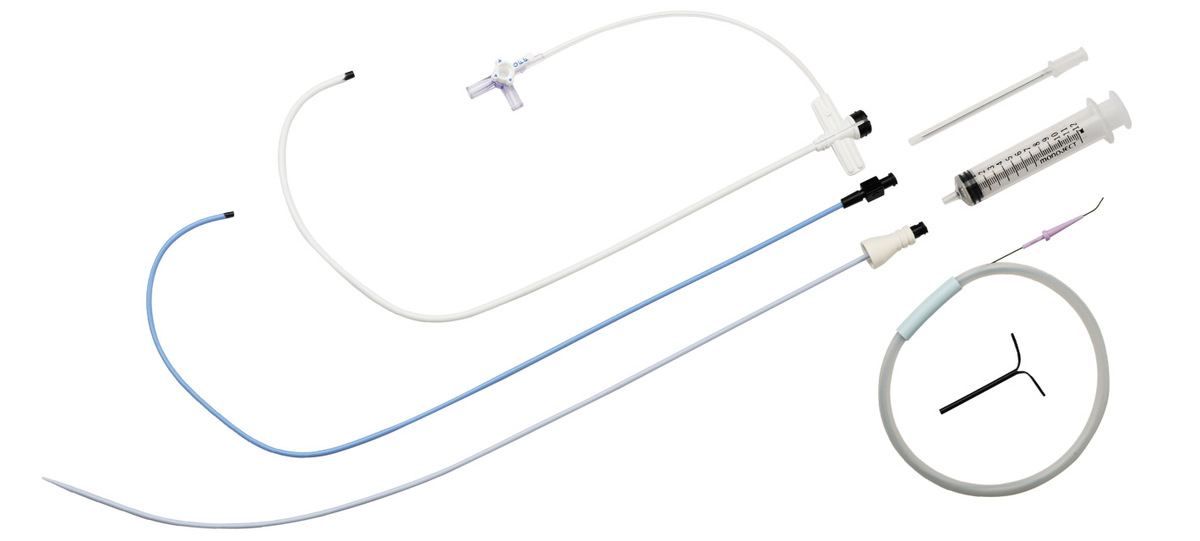 Worley™ LV Lead Delivery System
Worley™ LV Lead Delivery System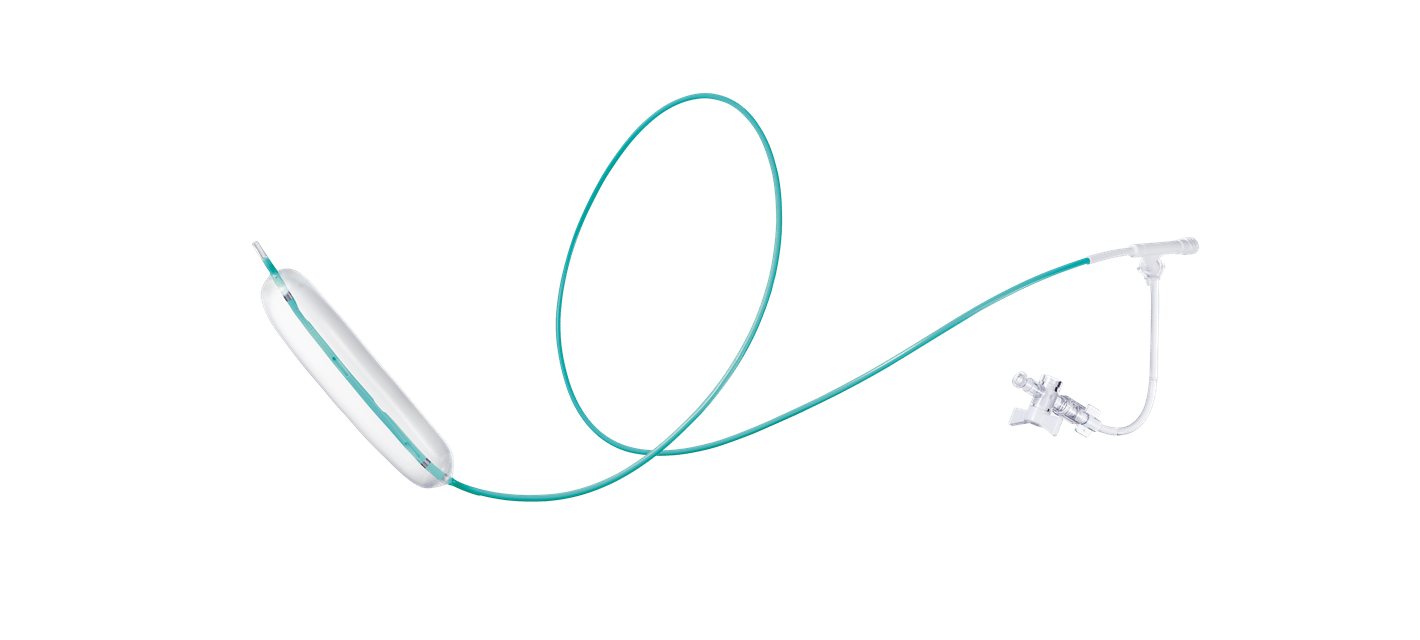 Vitale™ Occlusion Balloon
Vitale™ Occlusion Balloon

